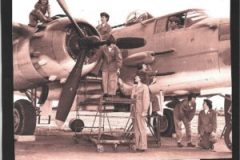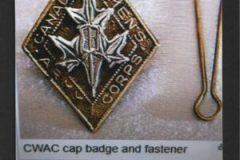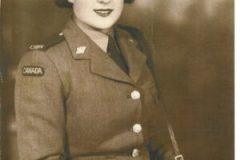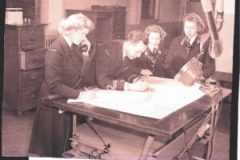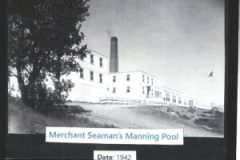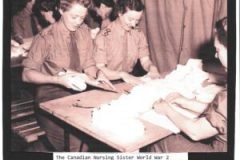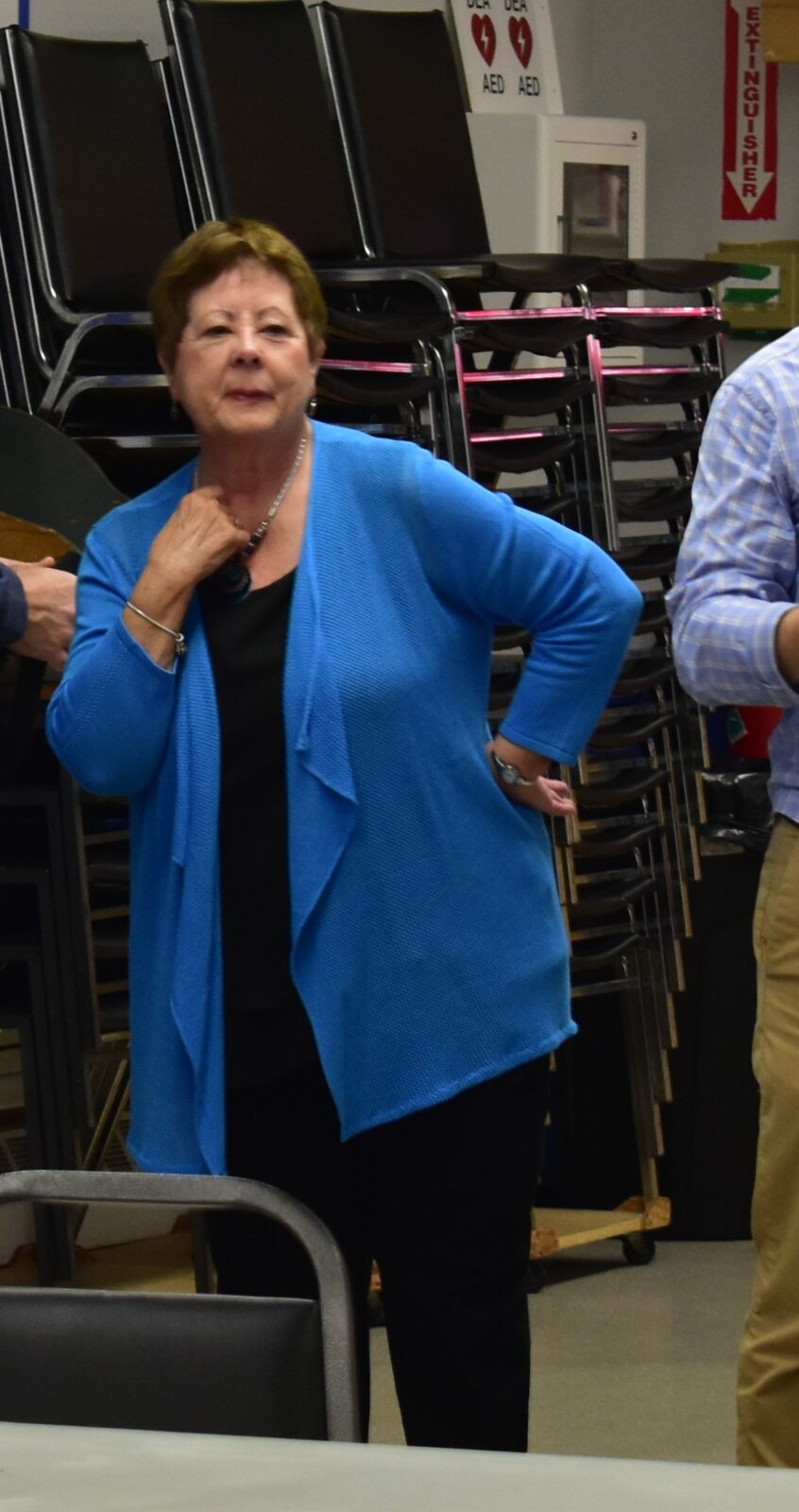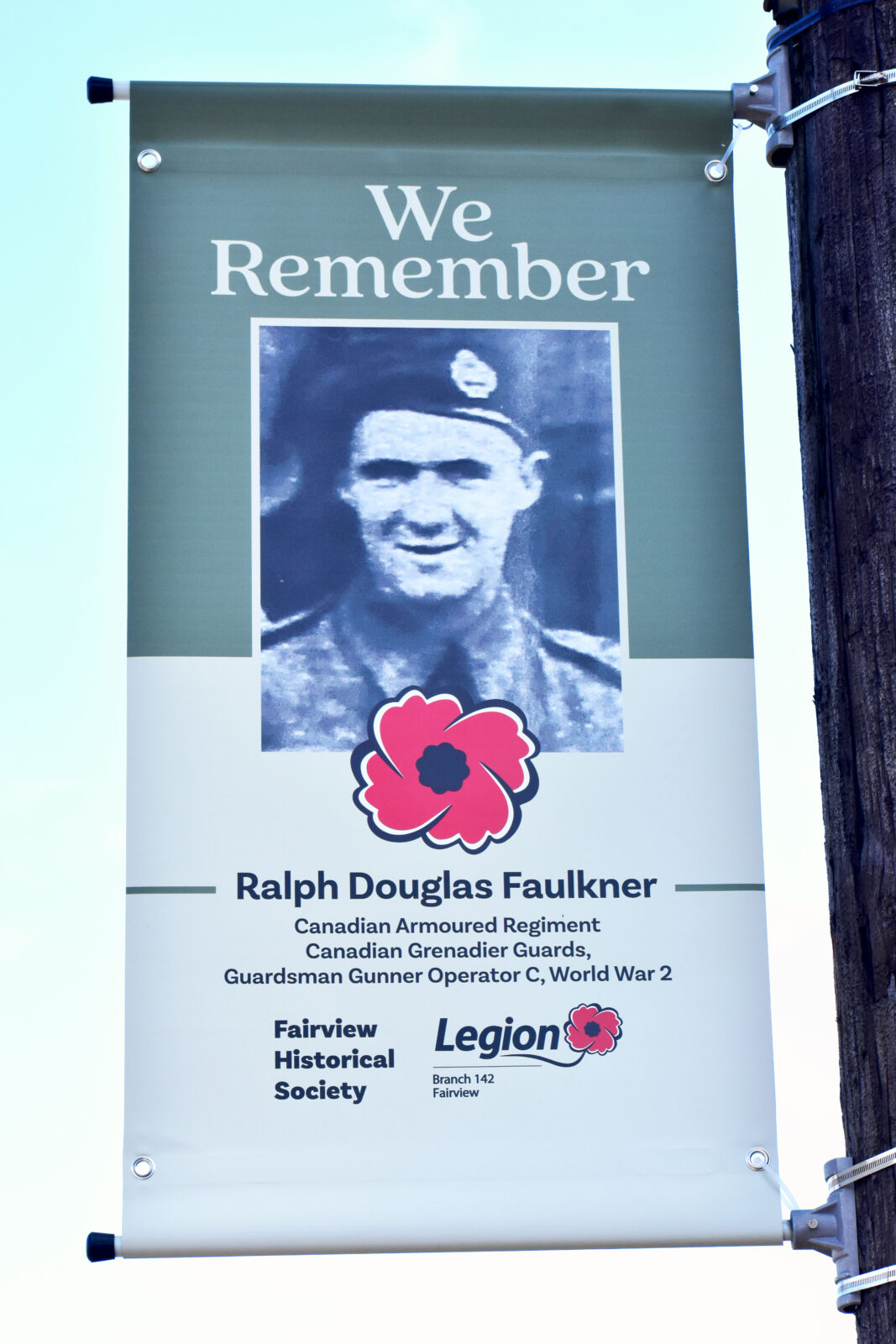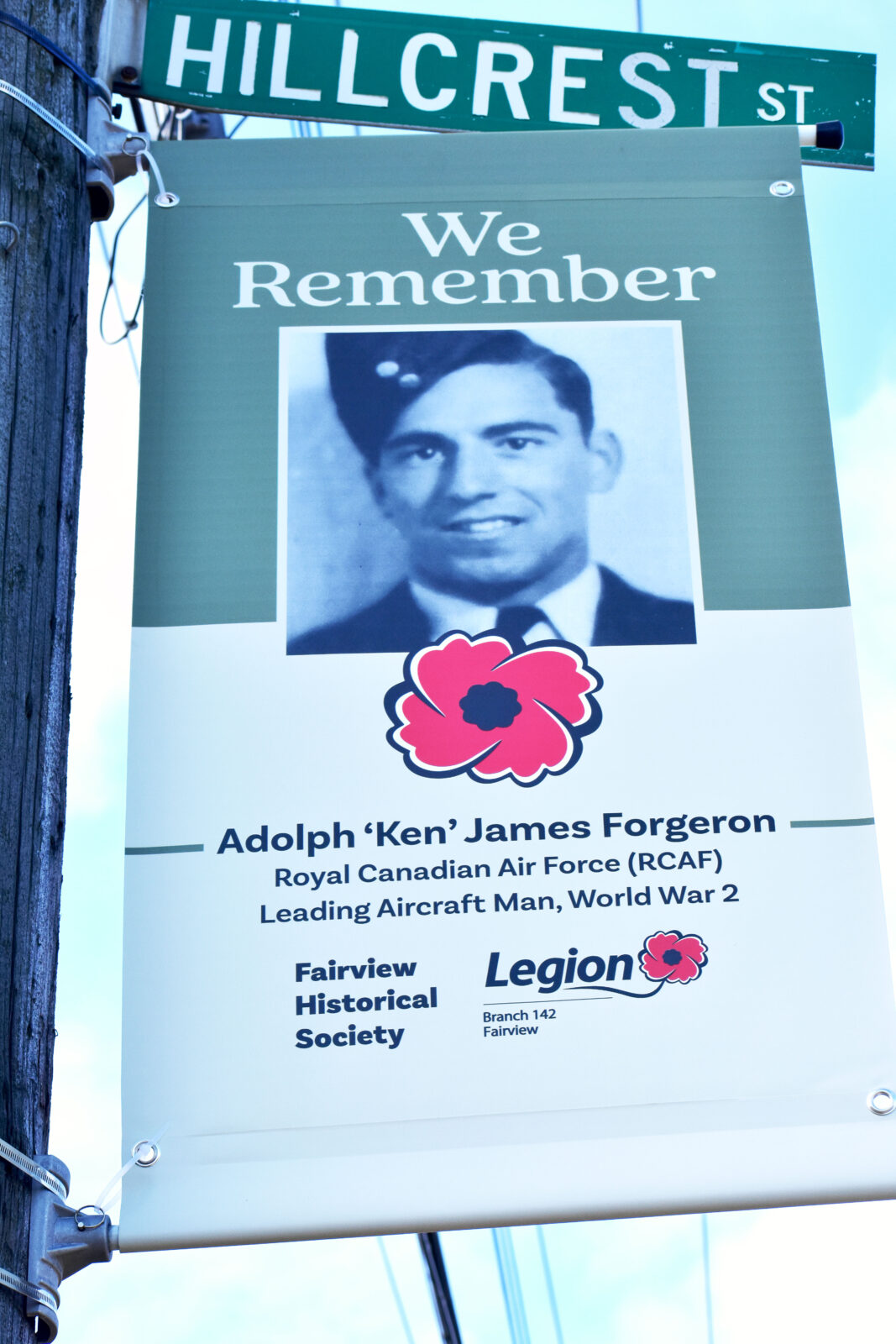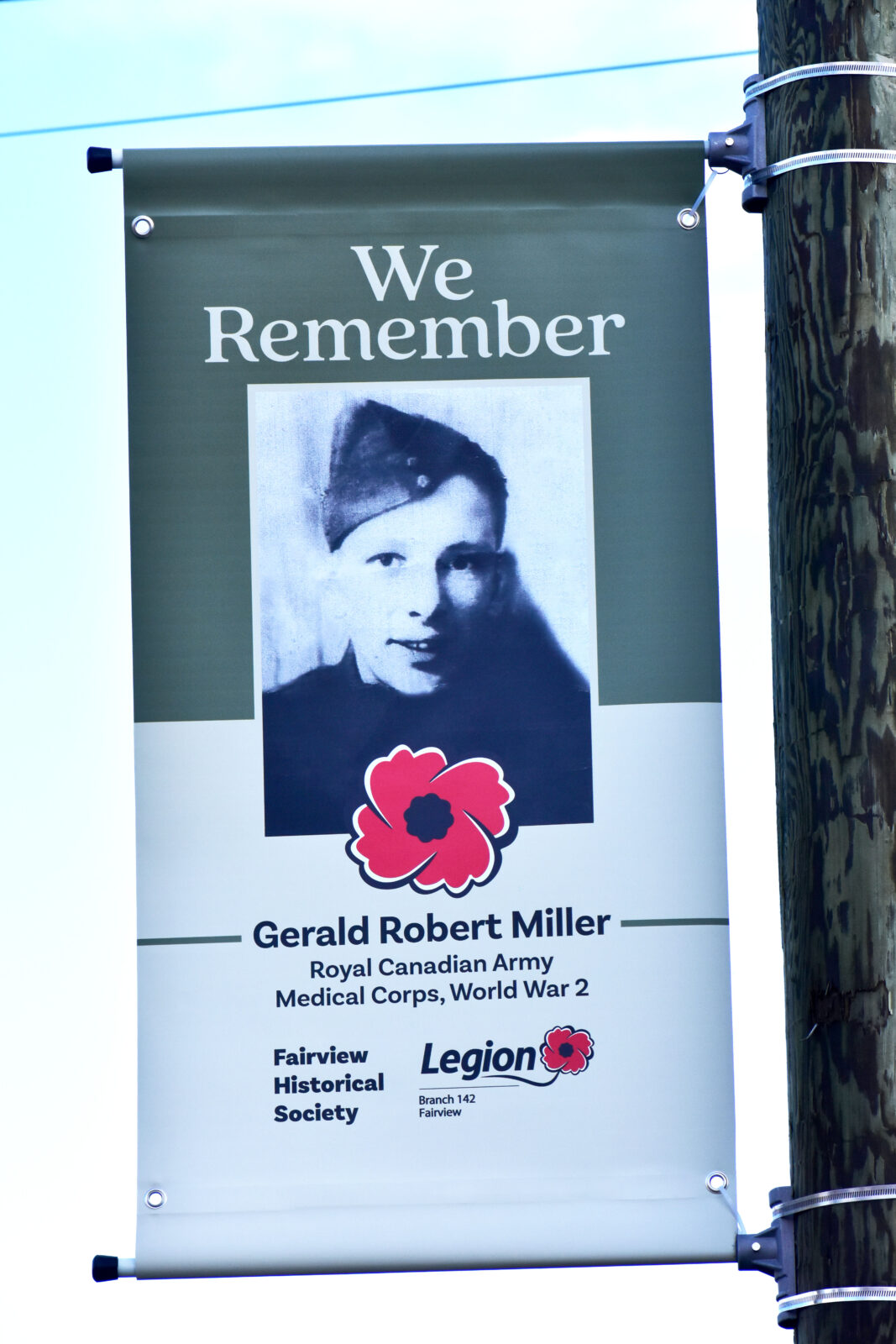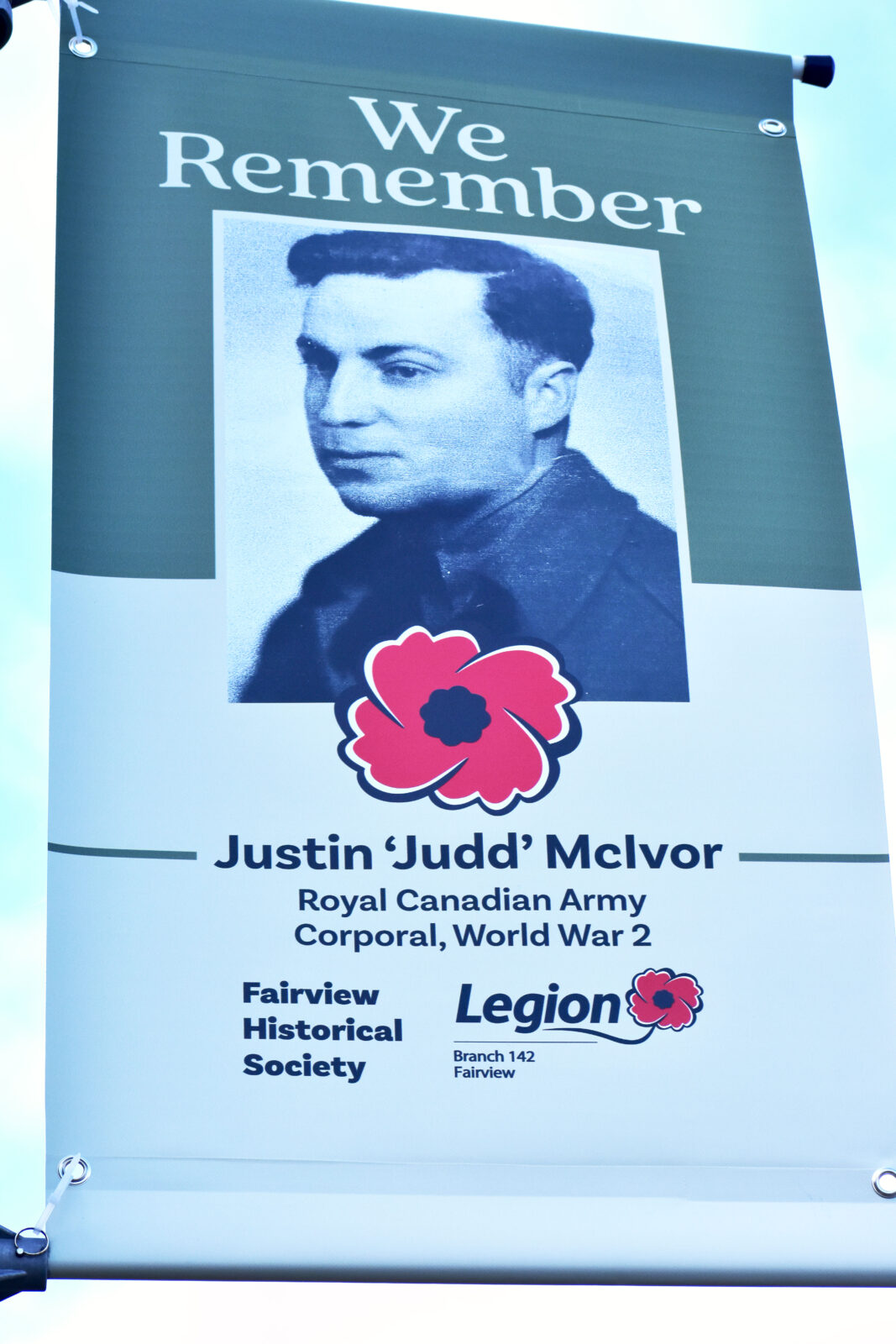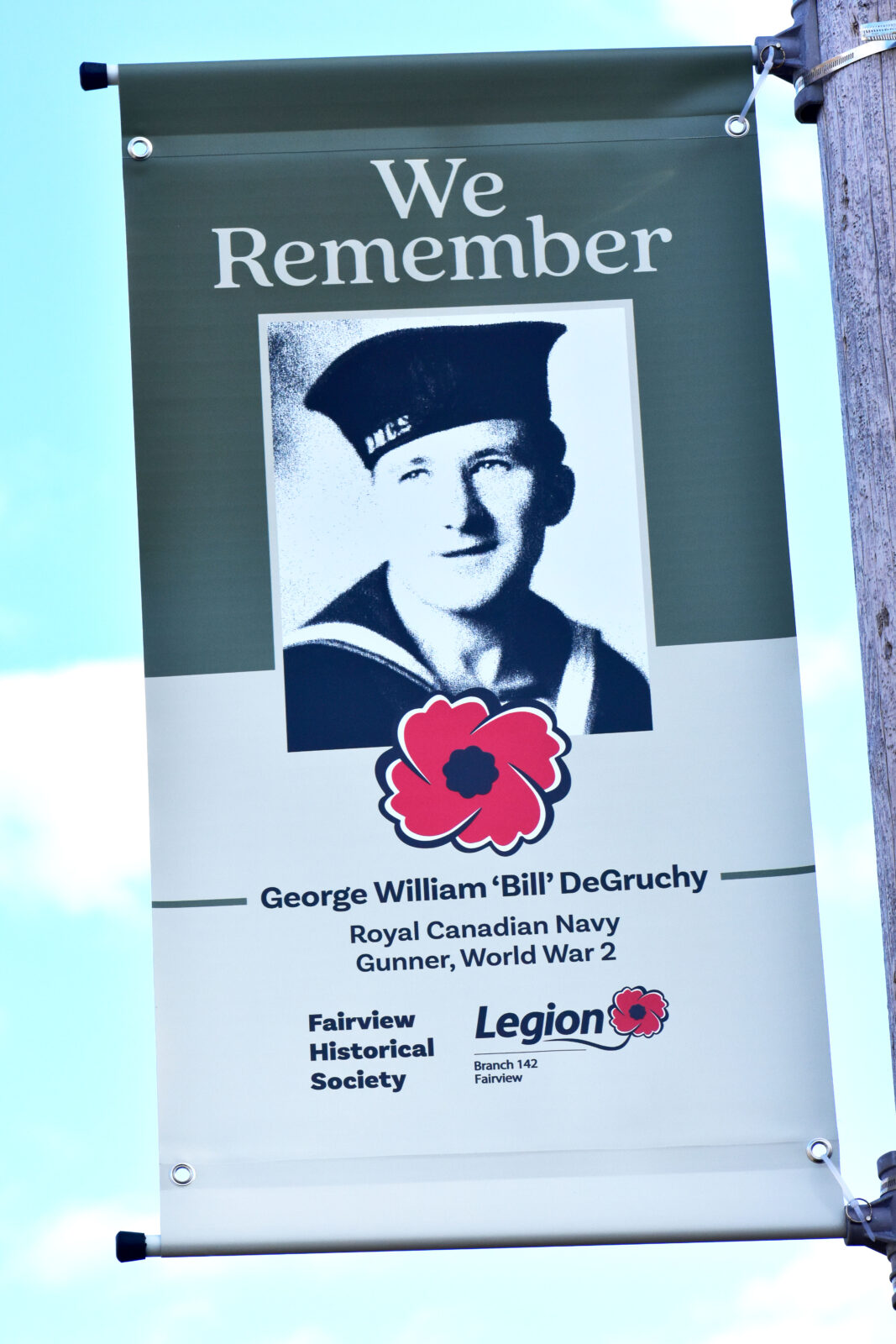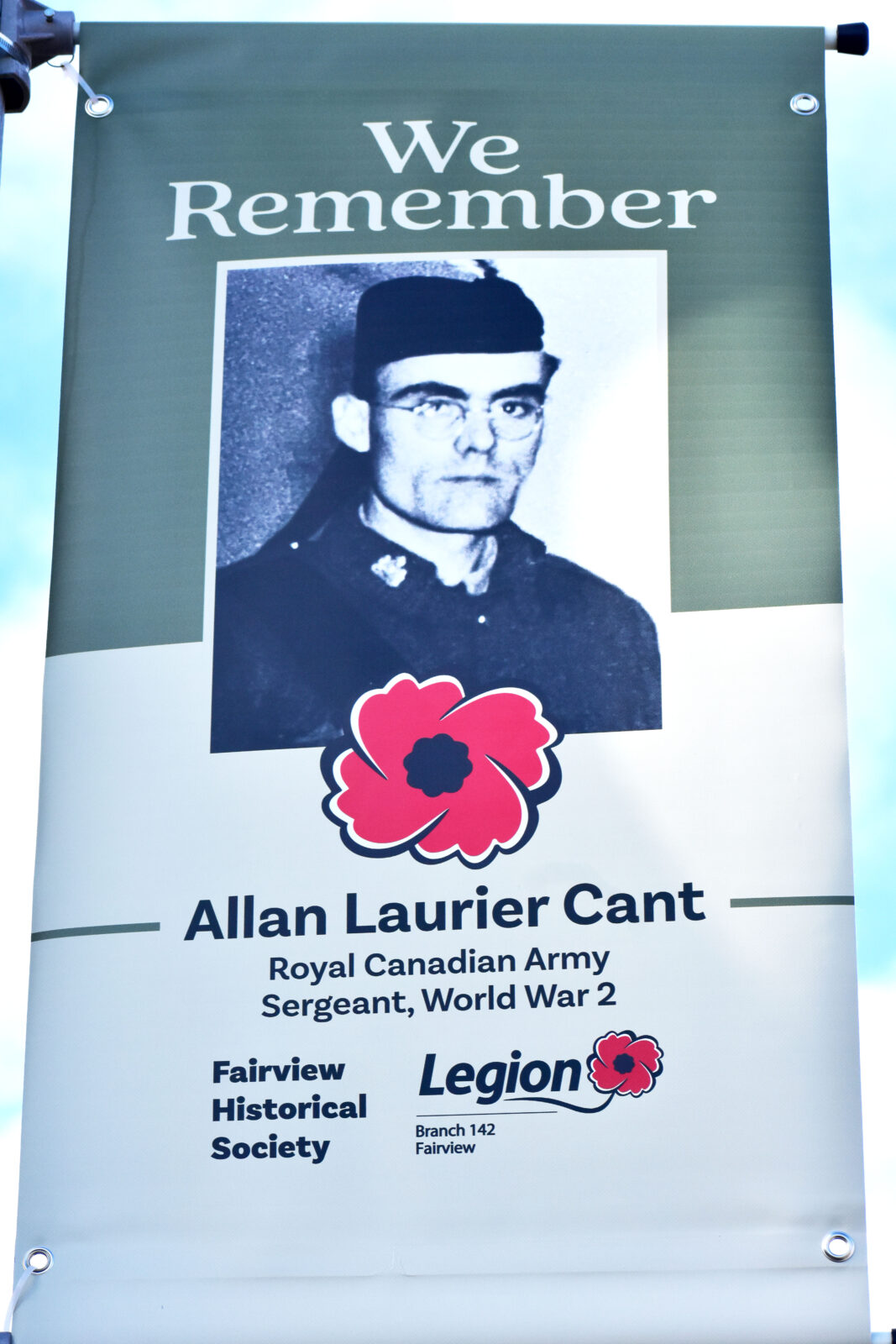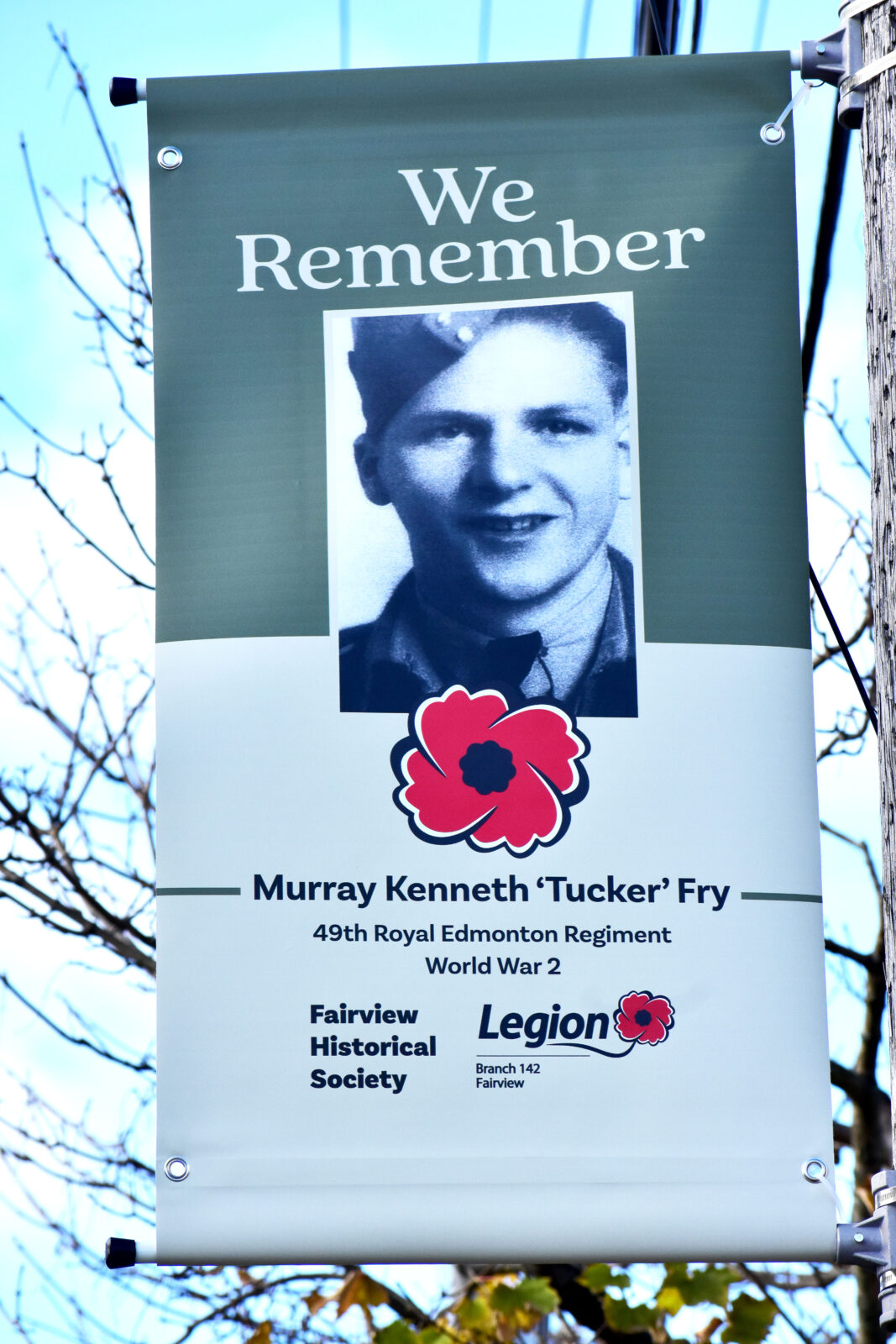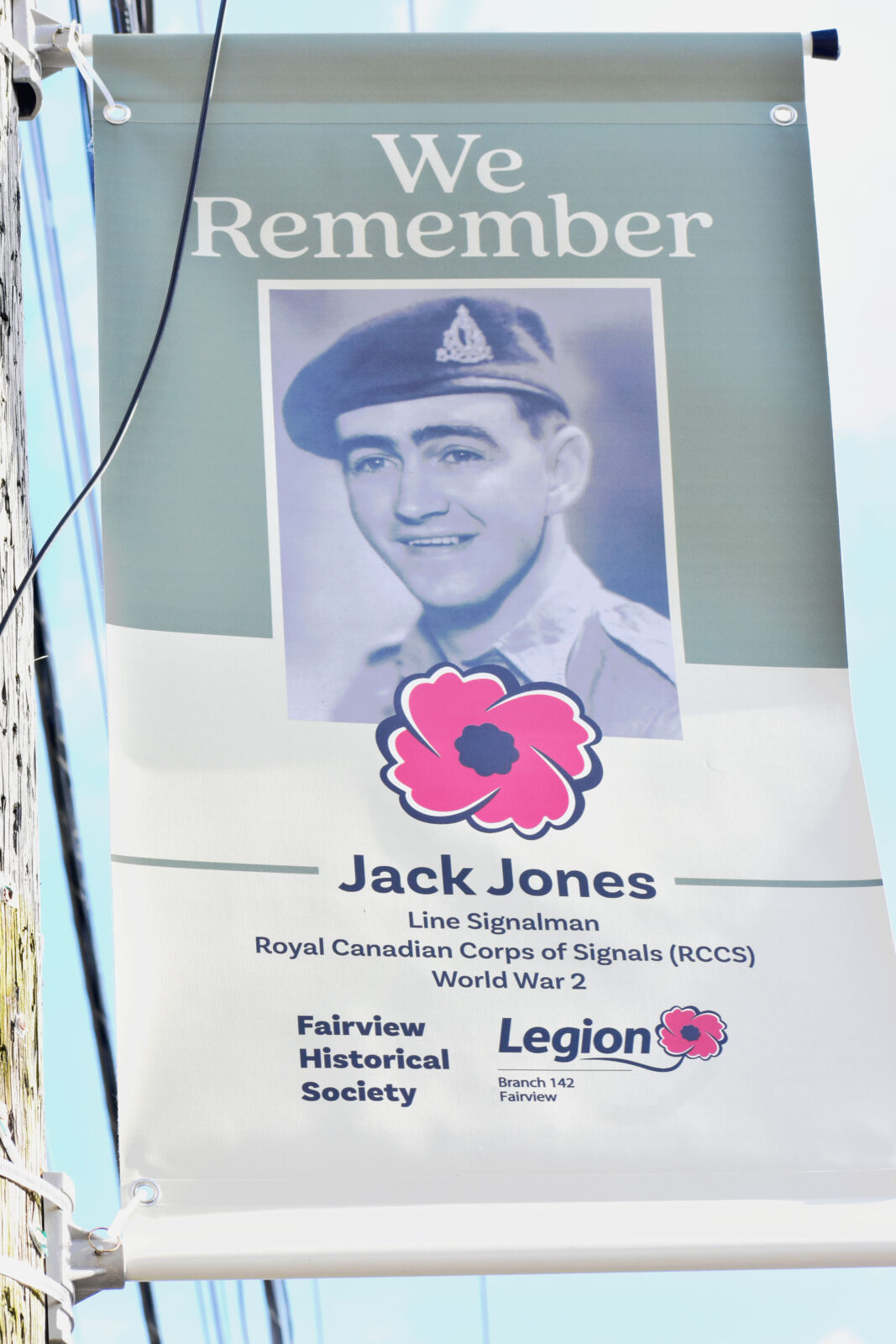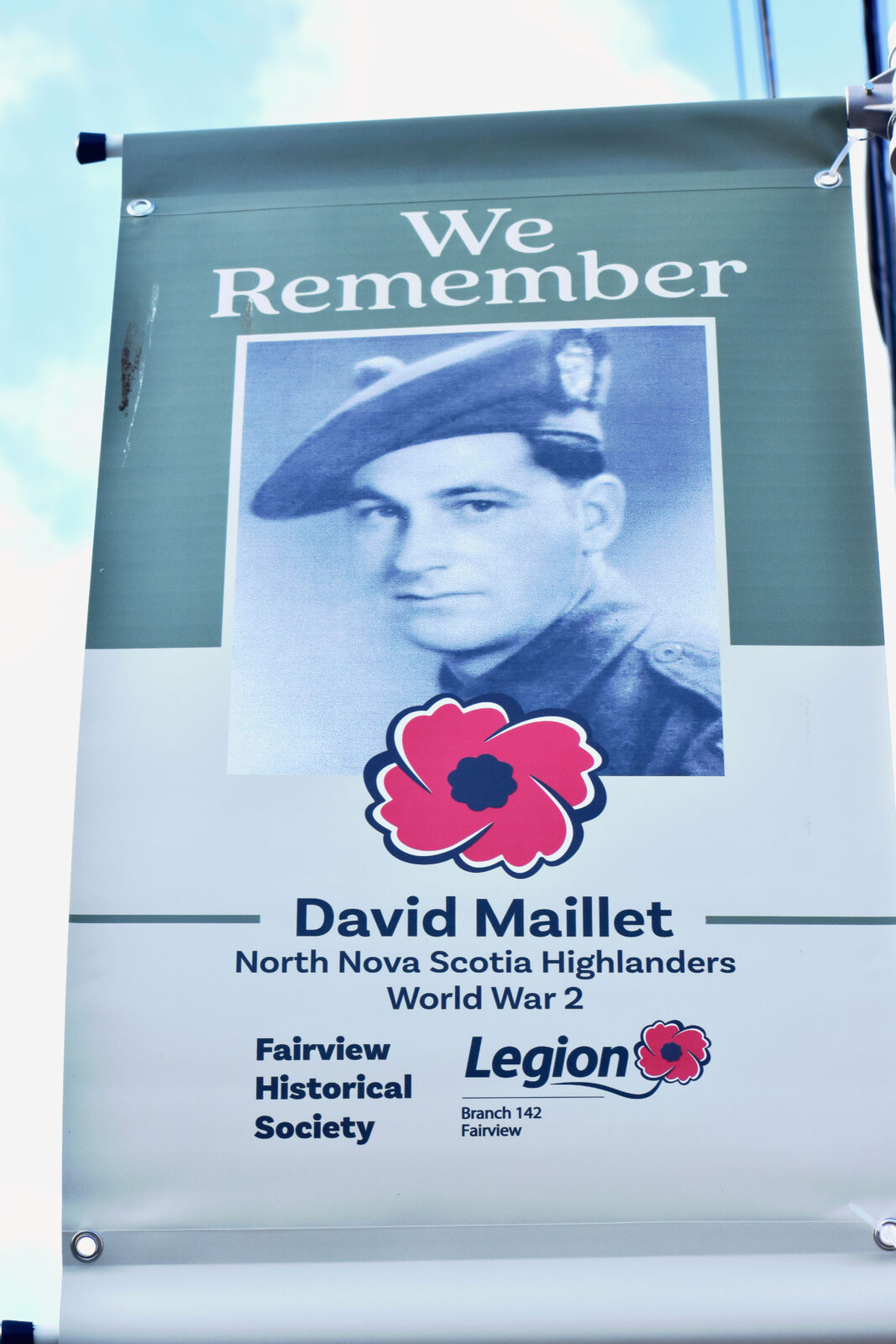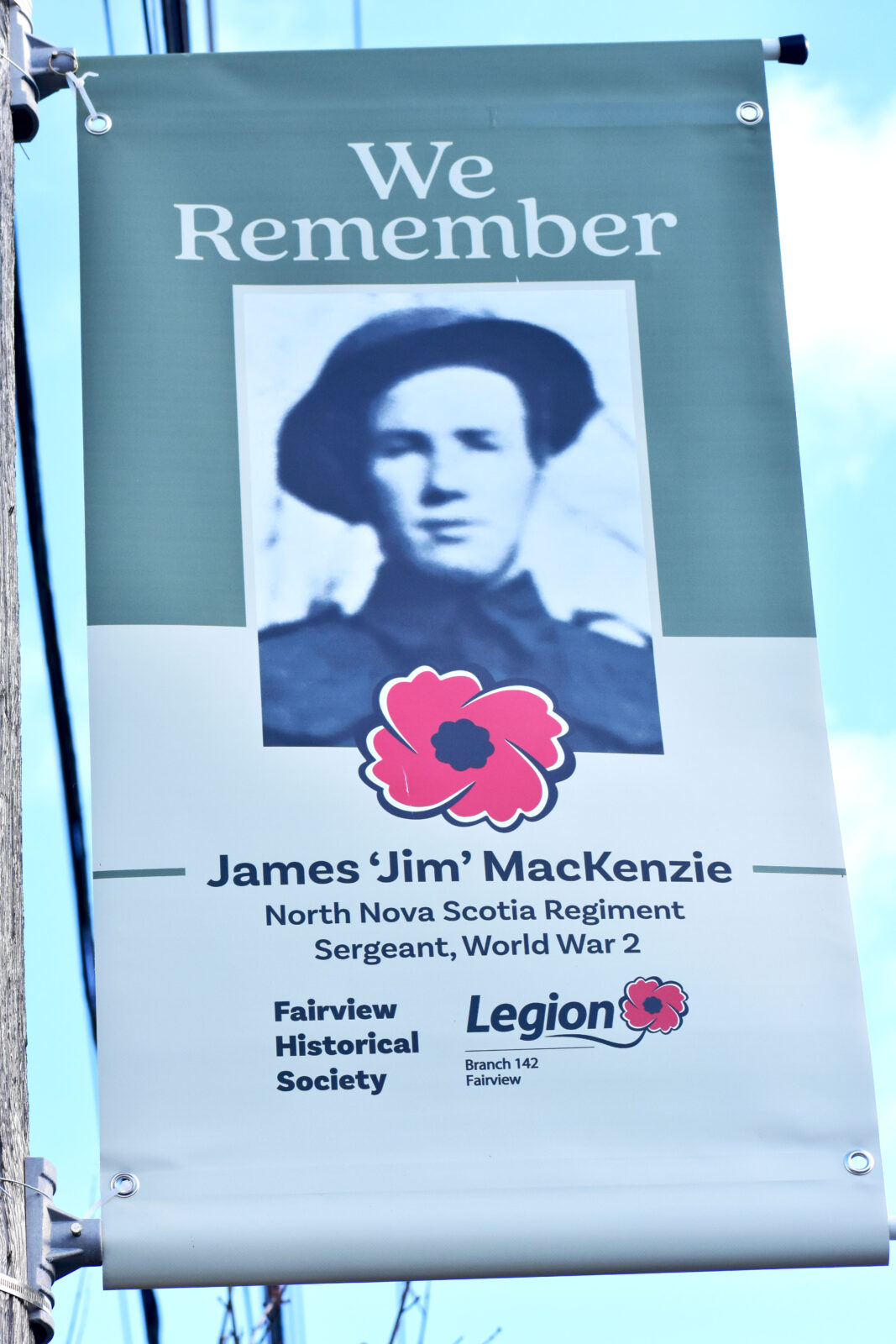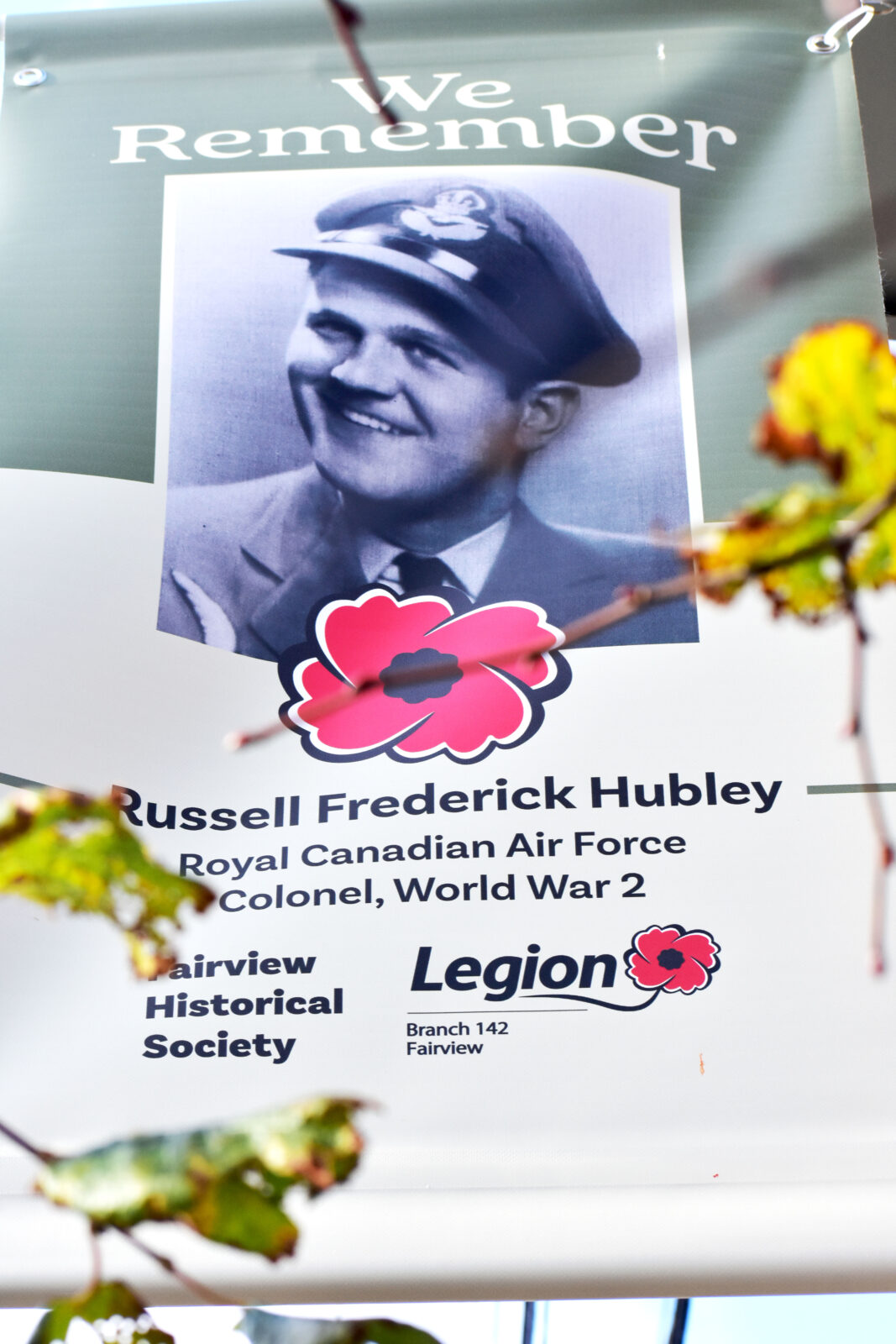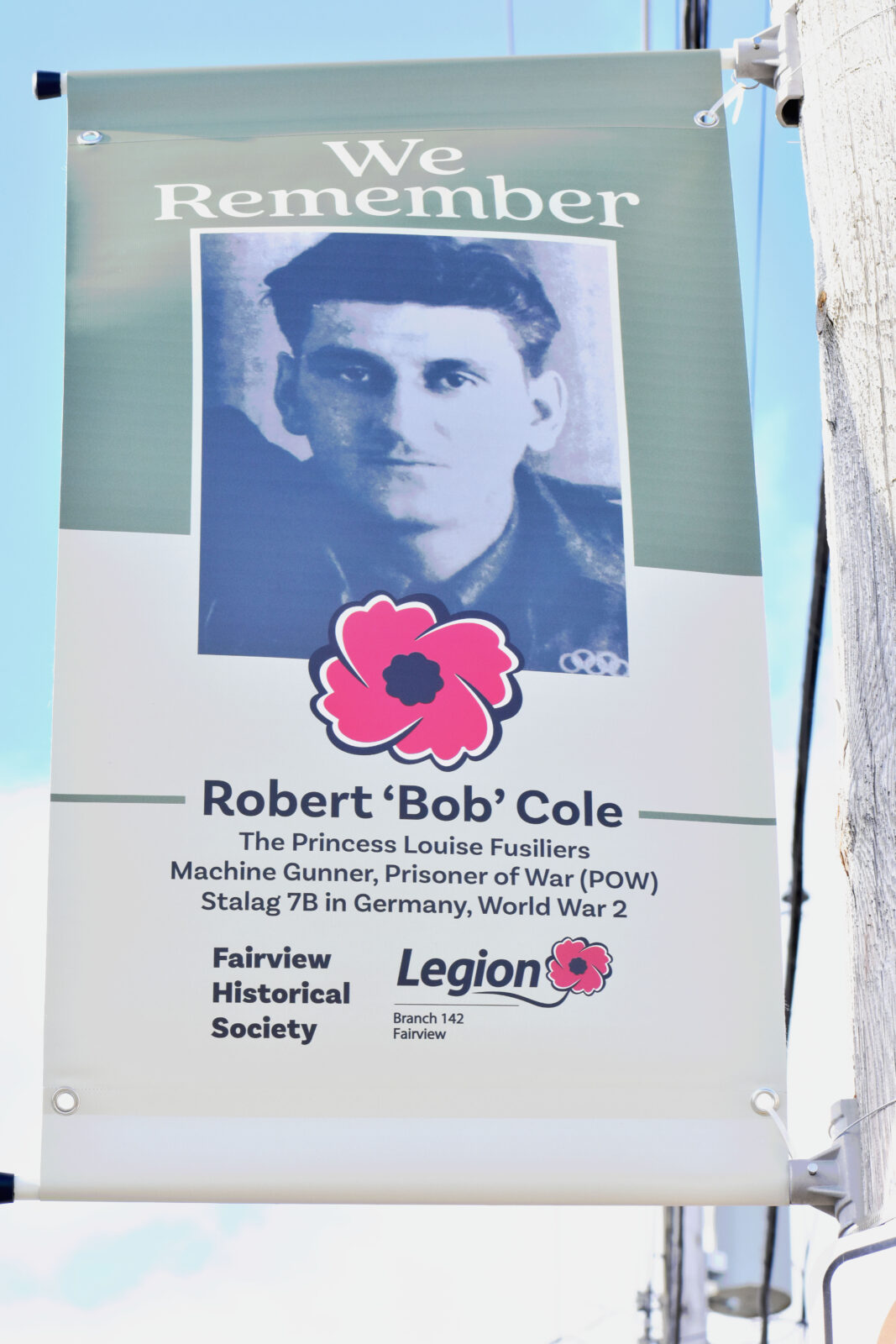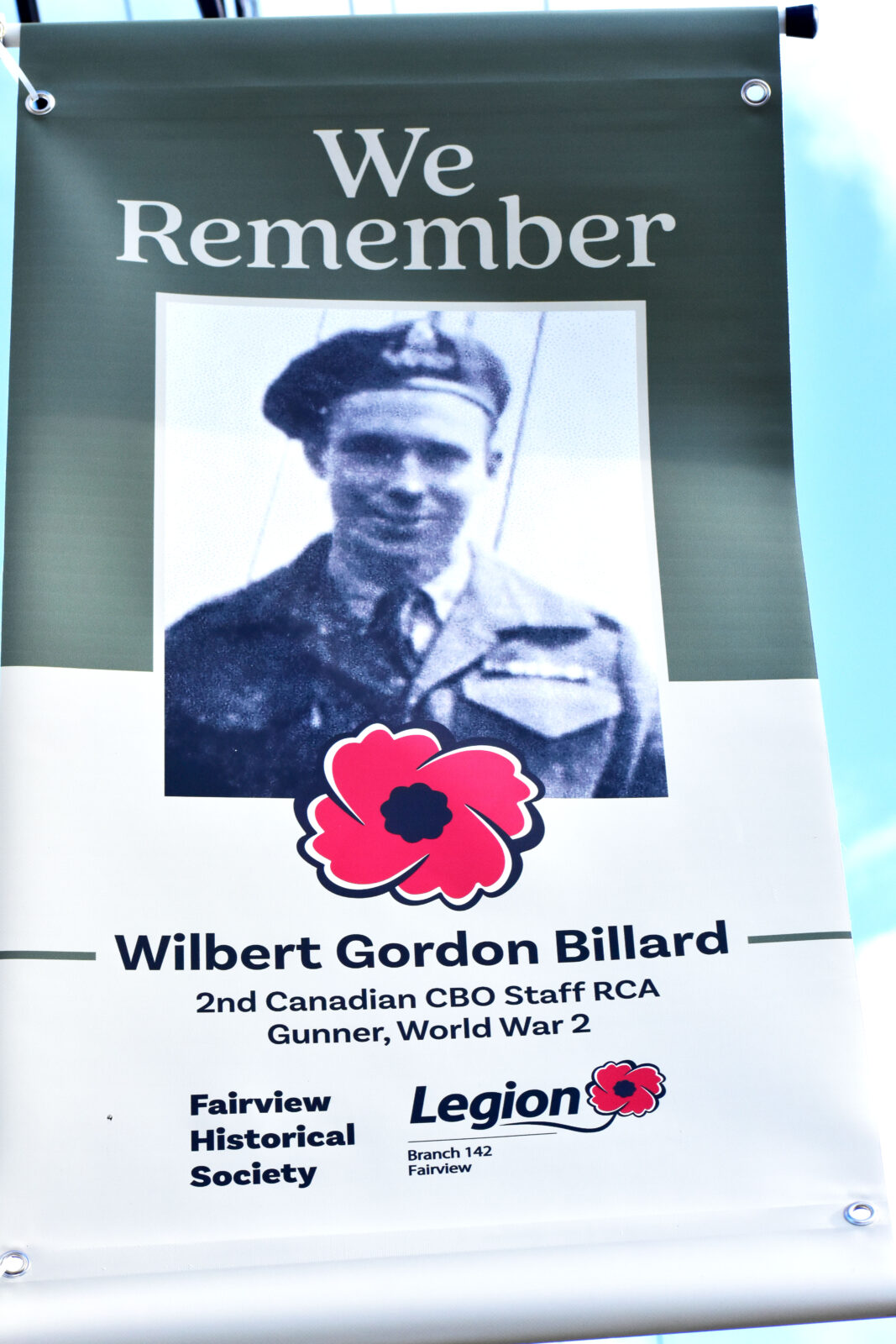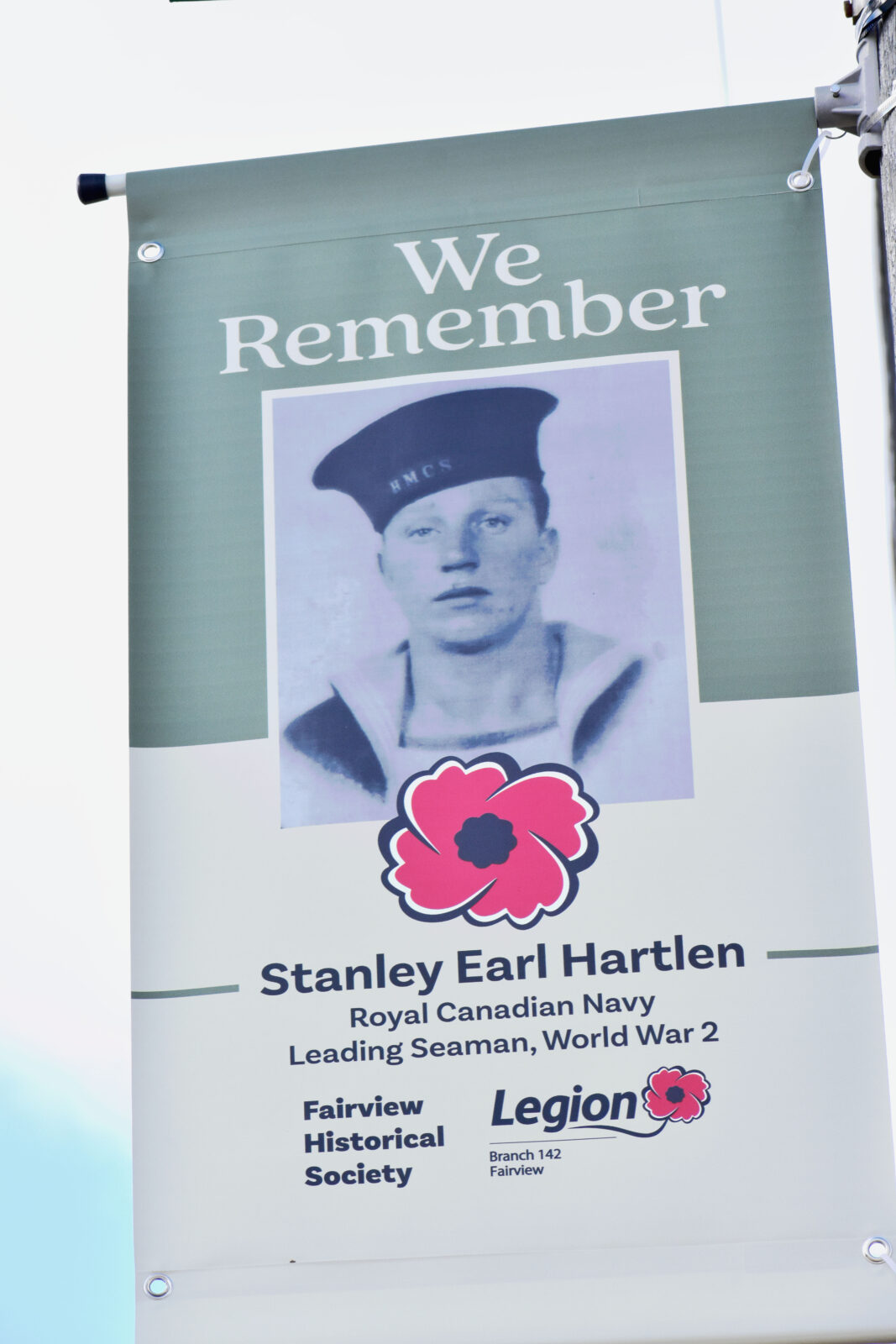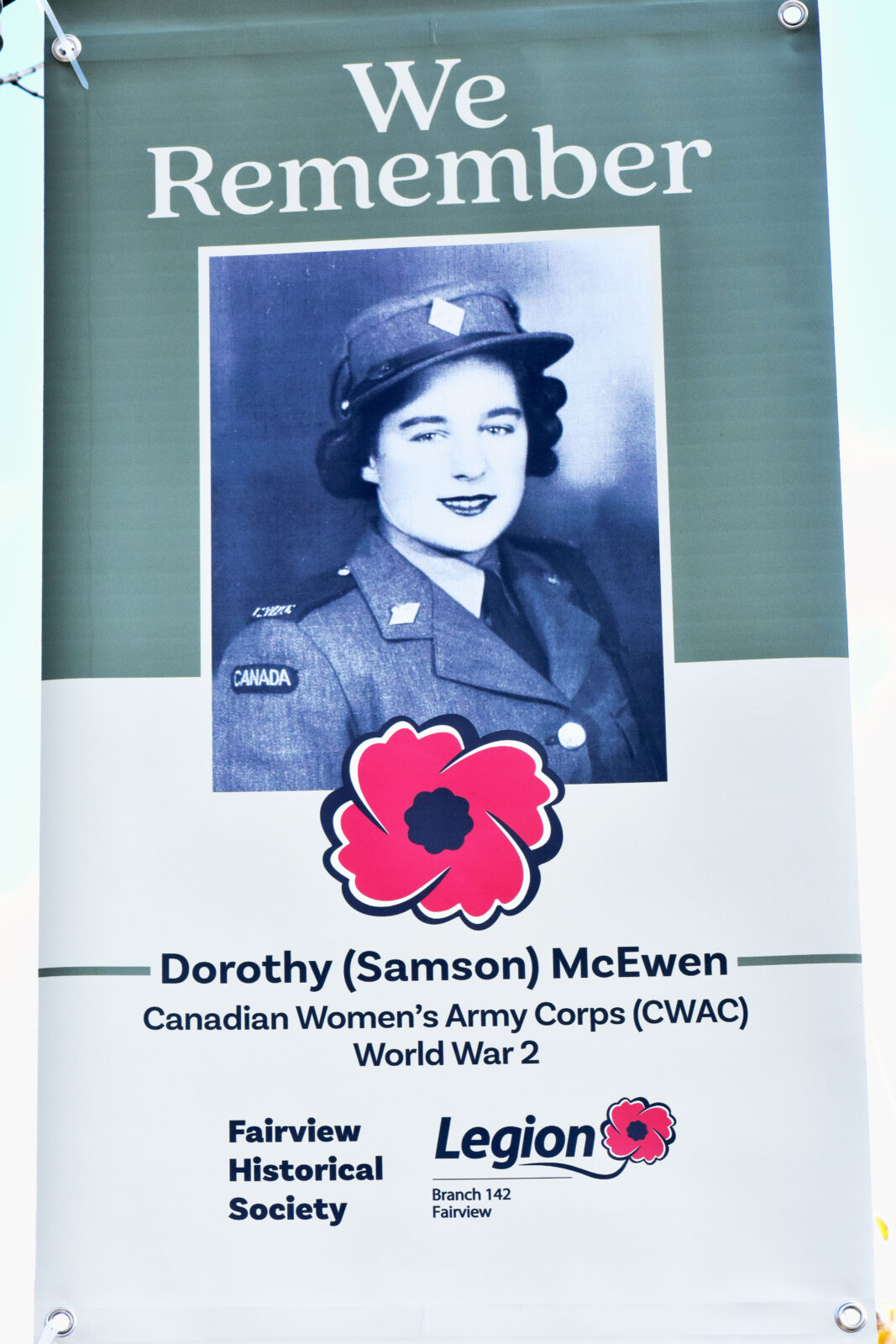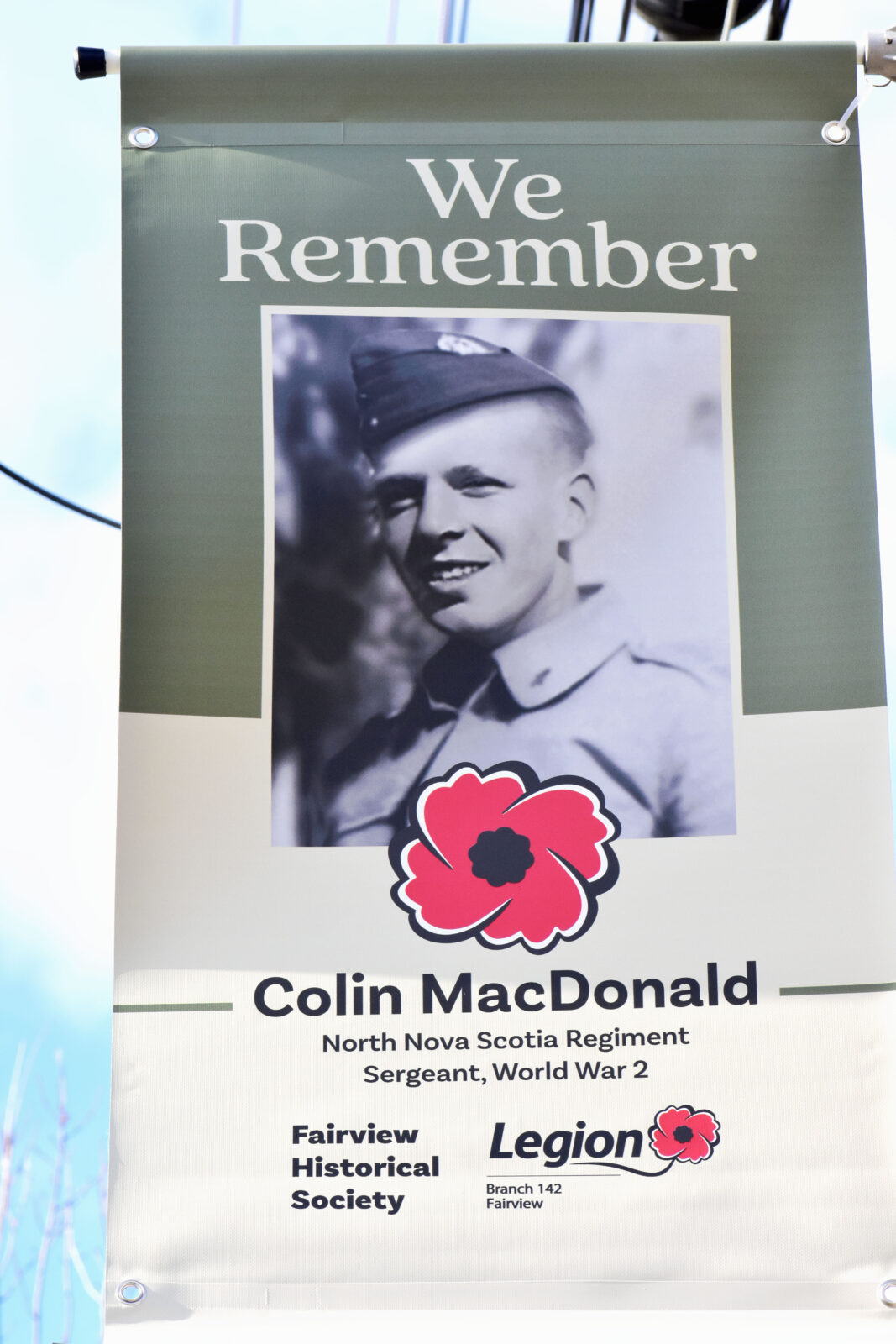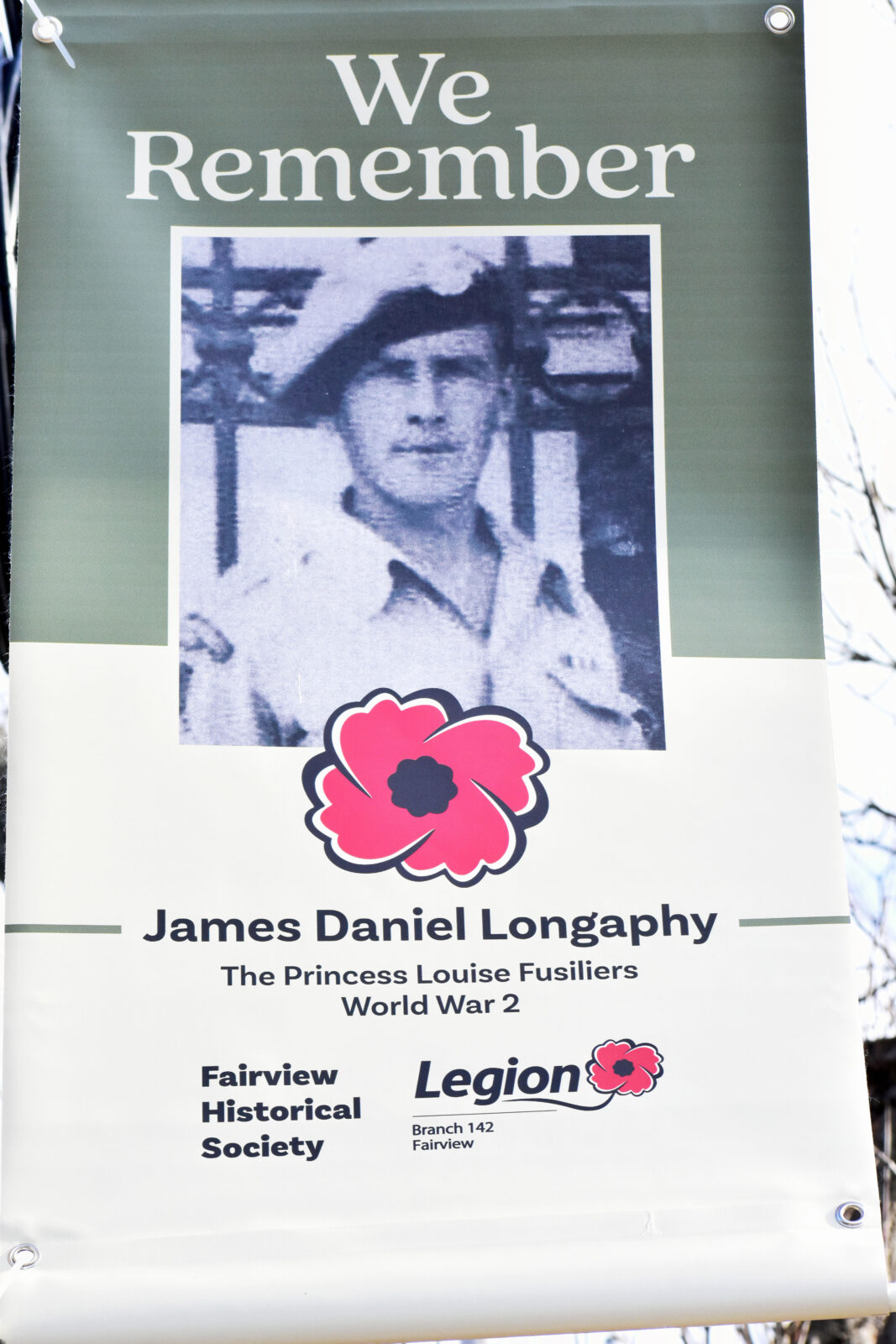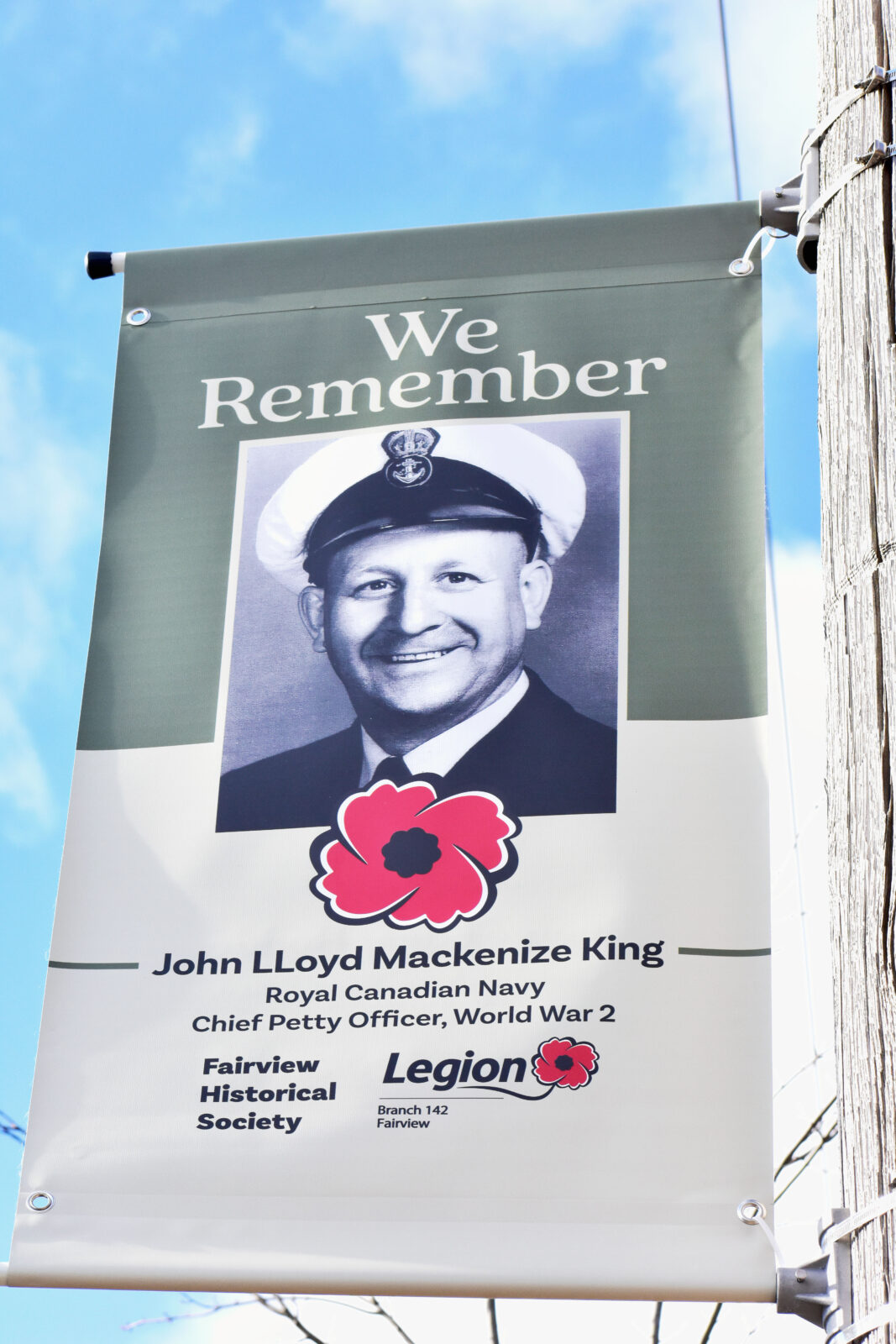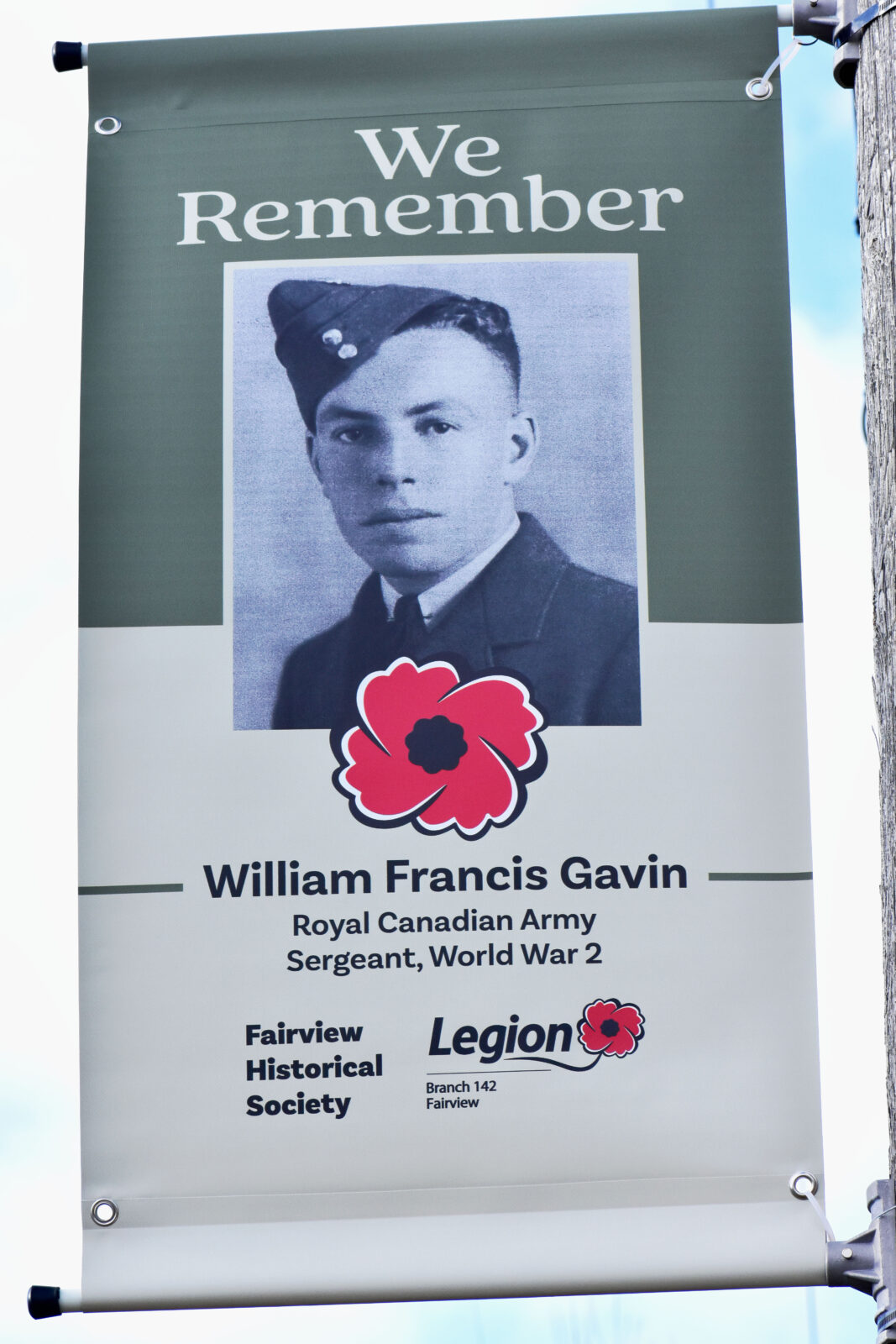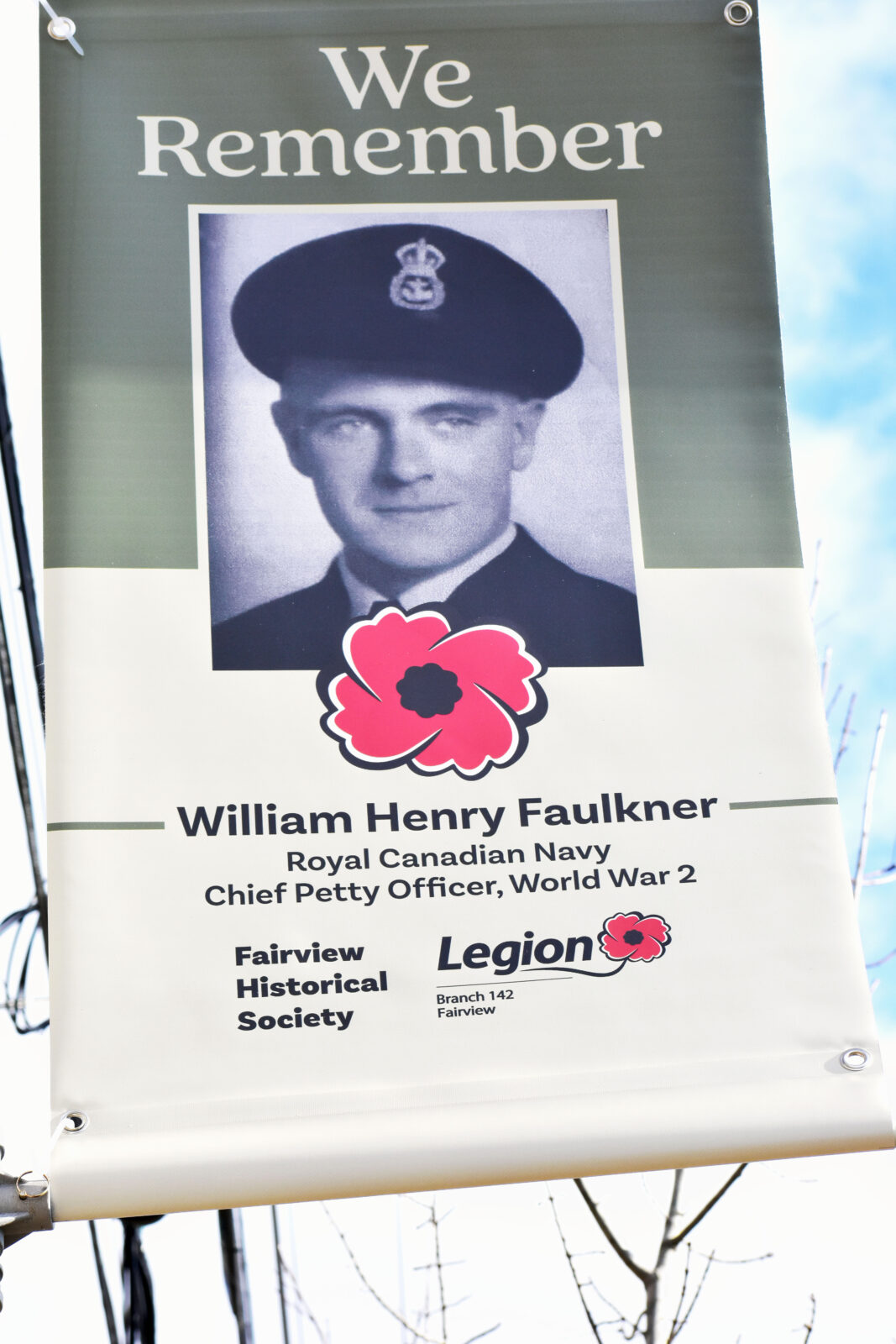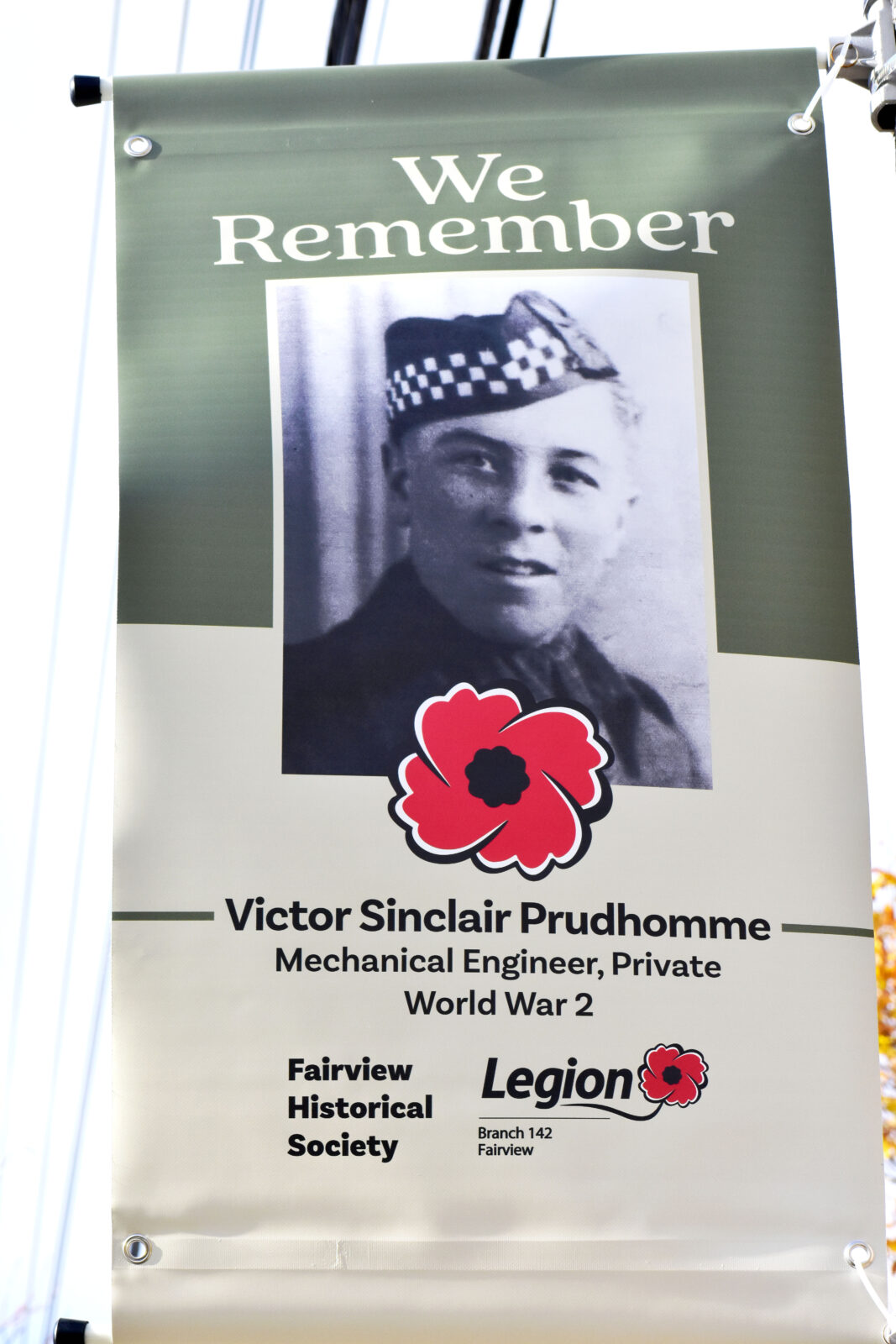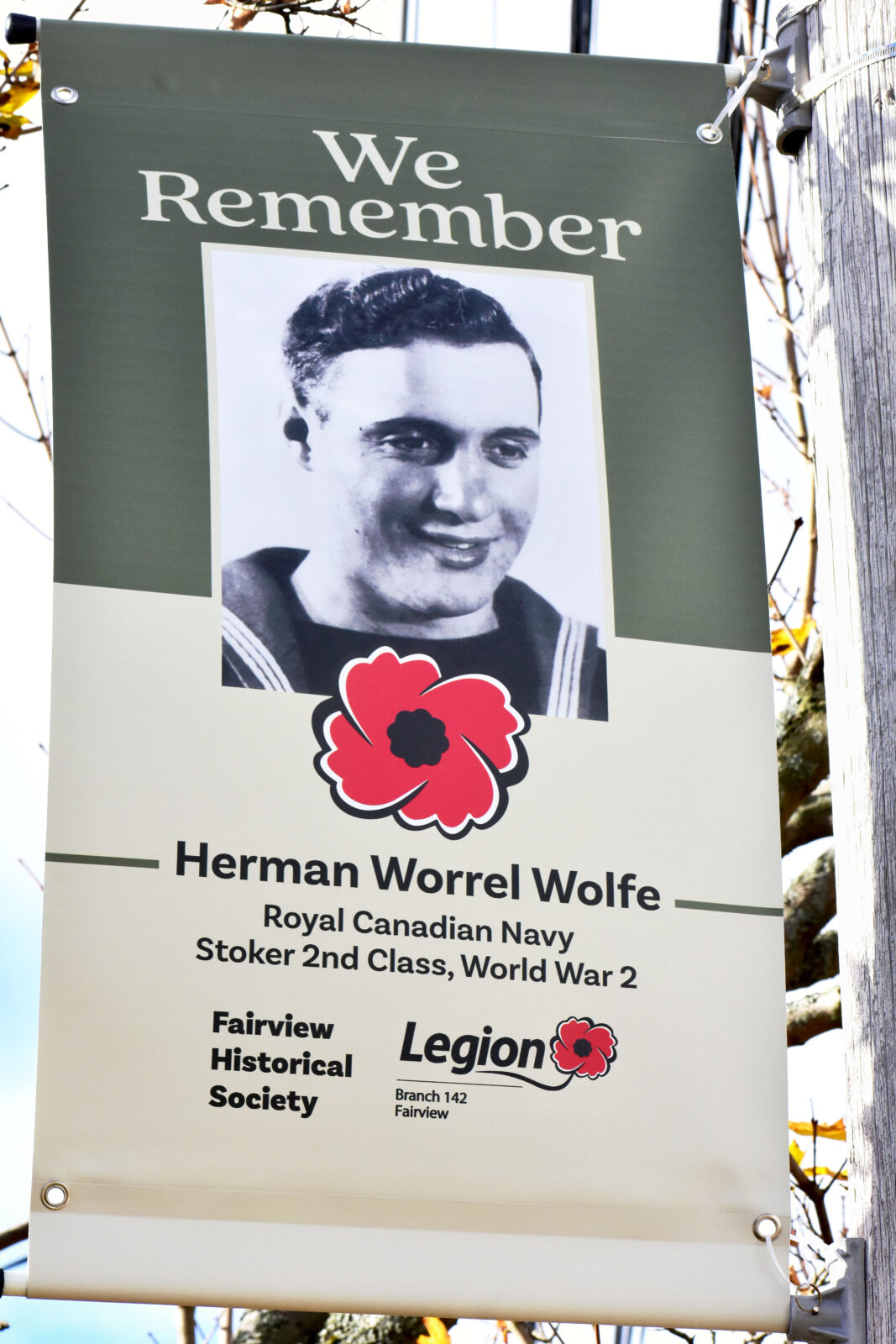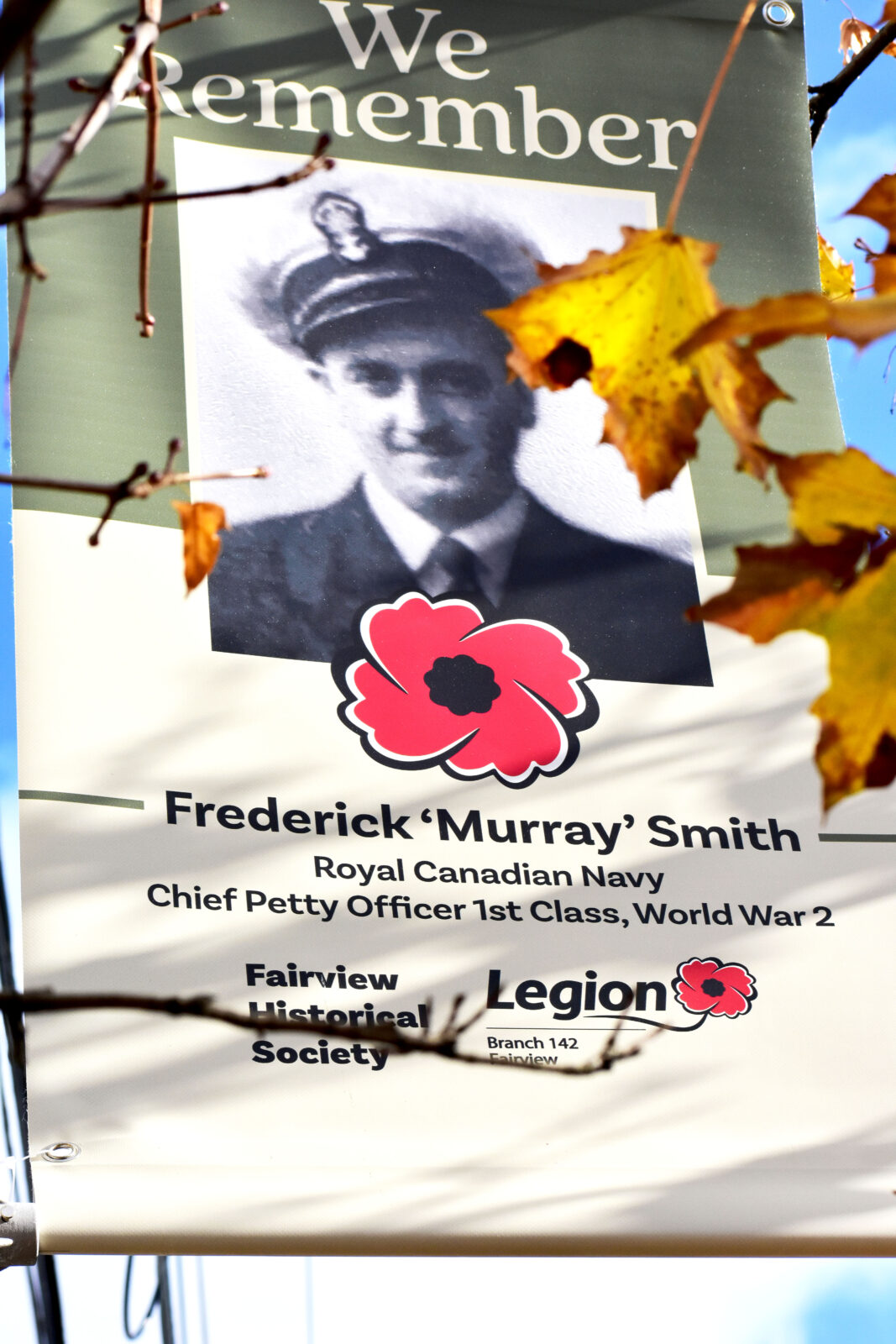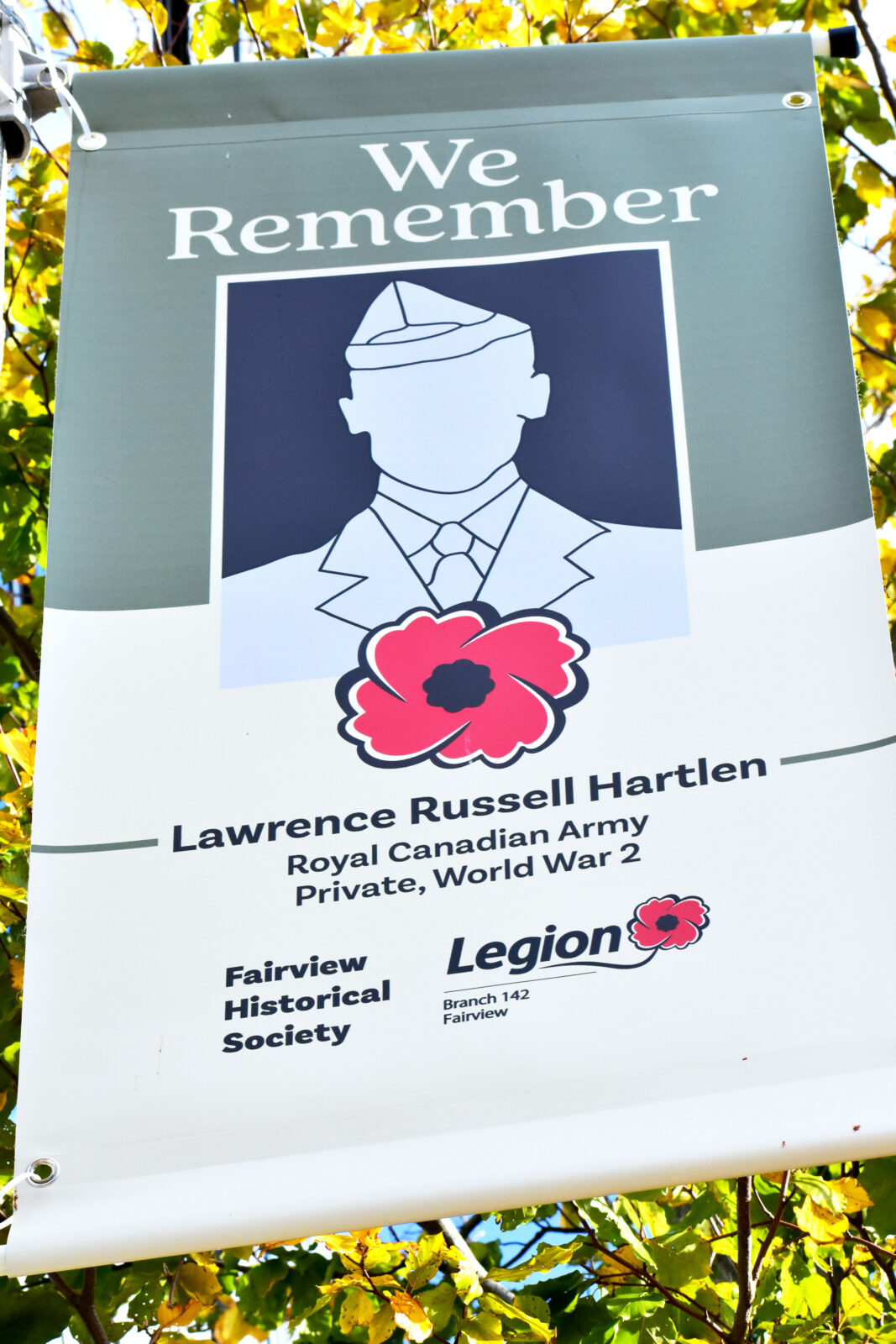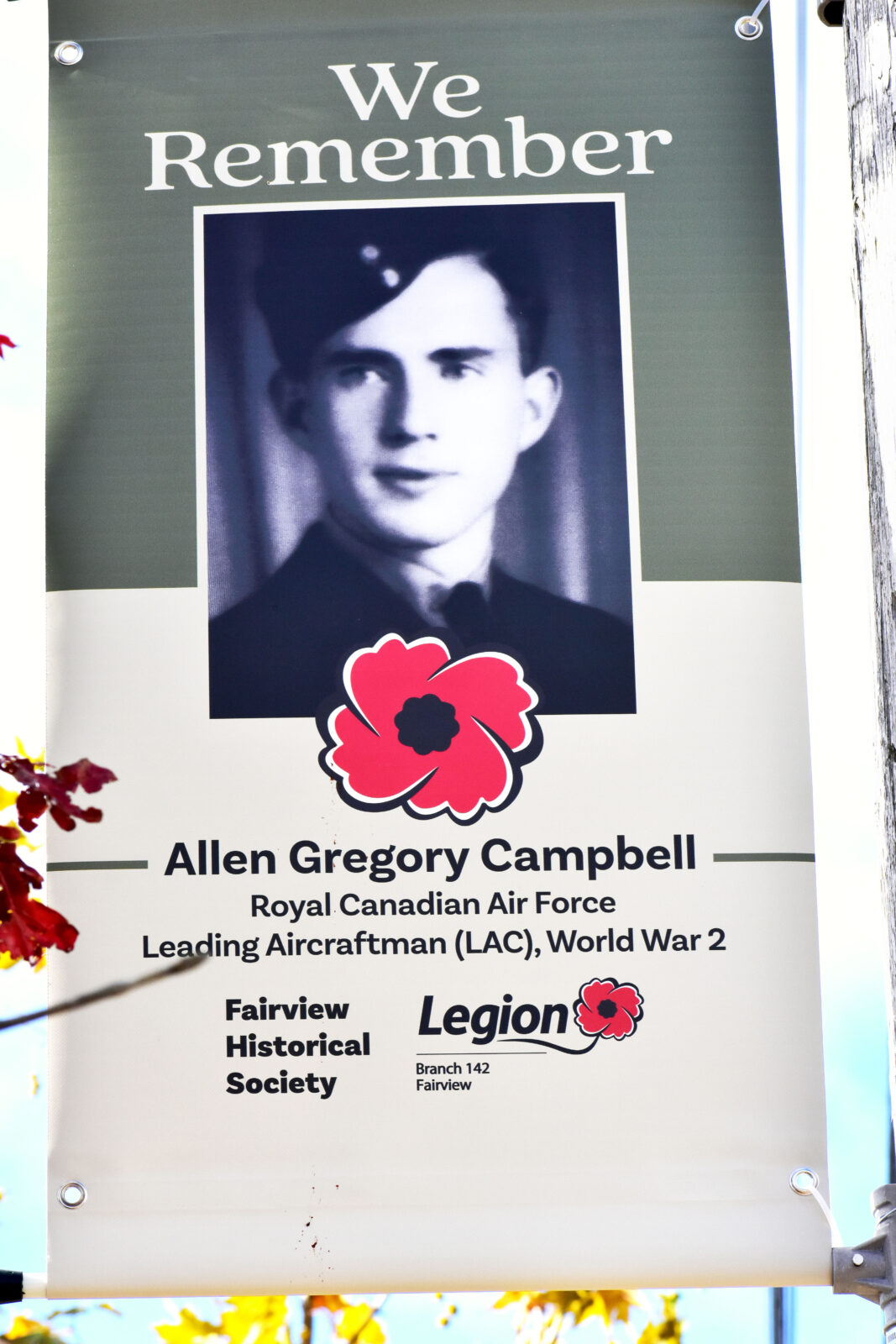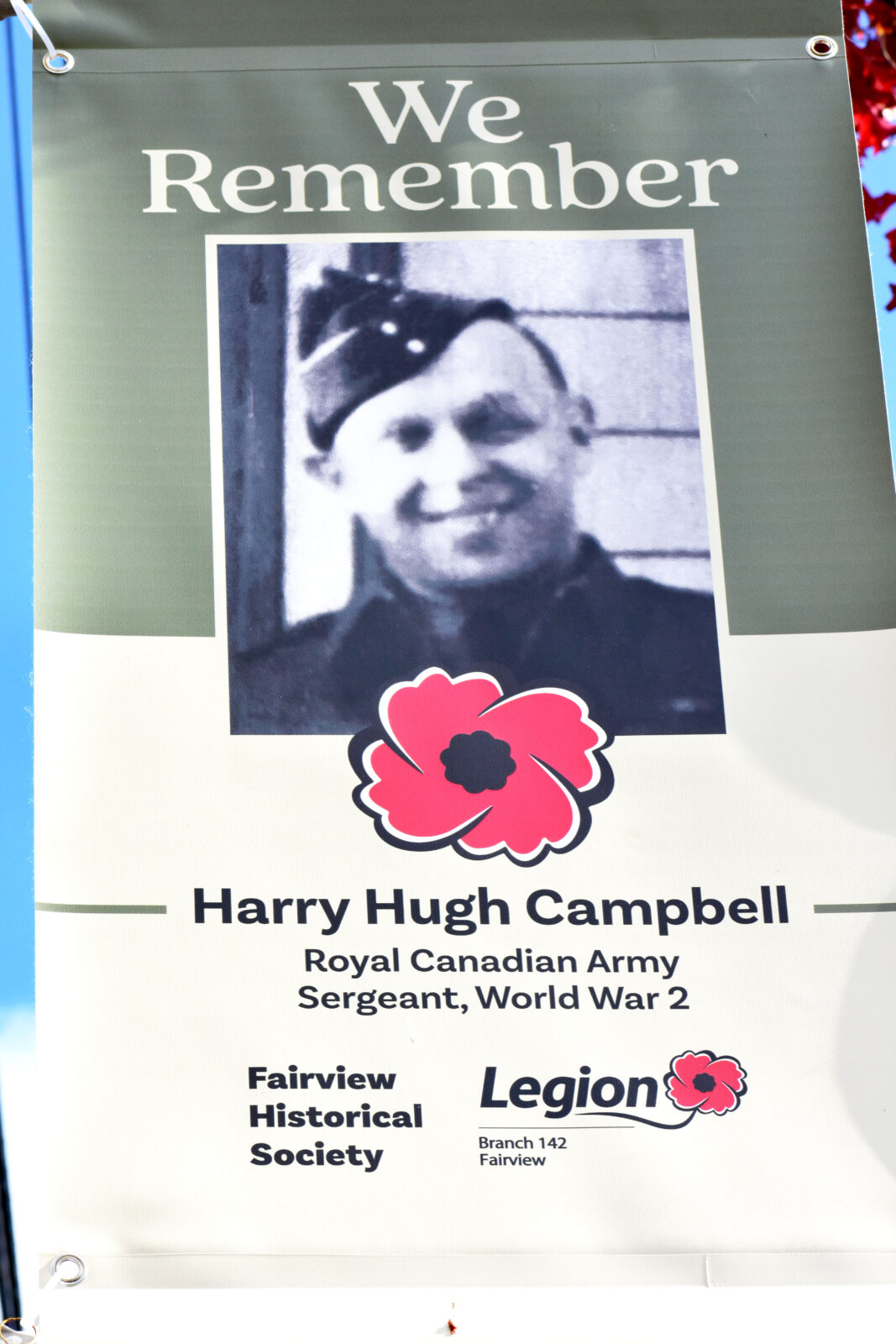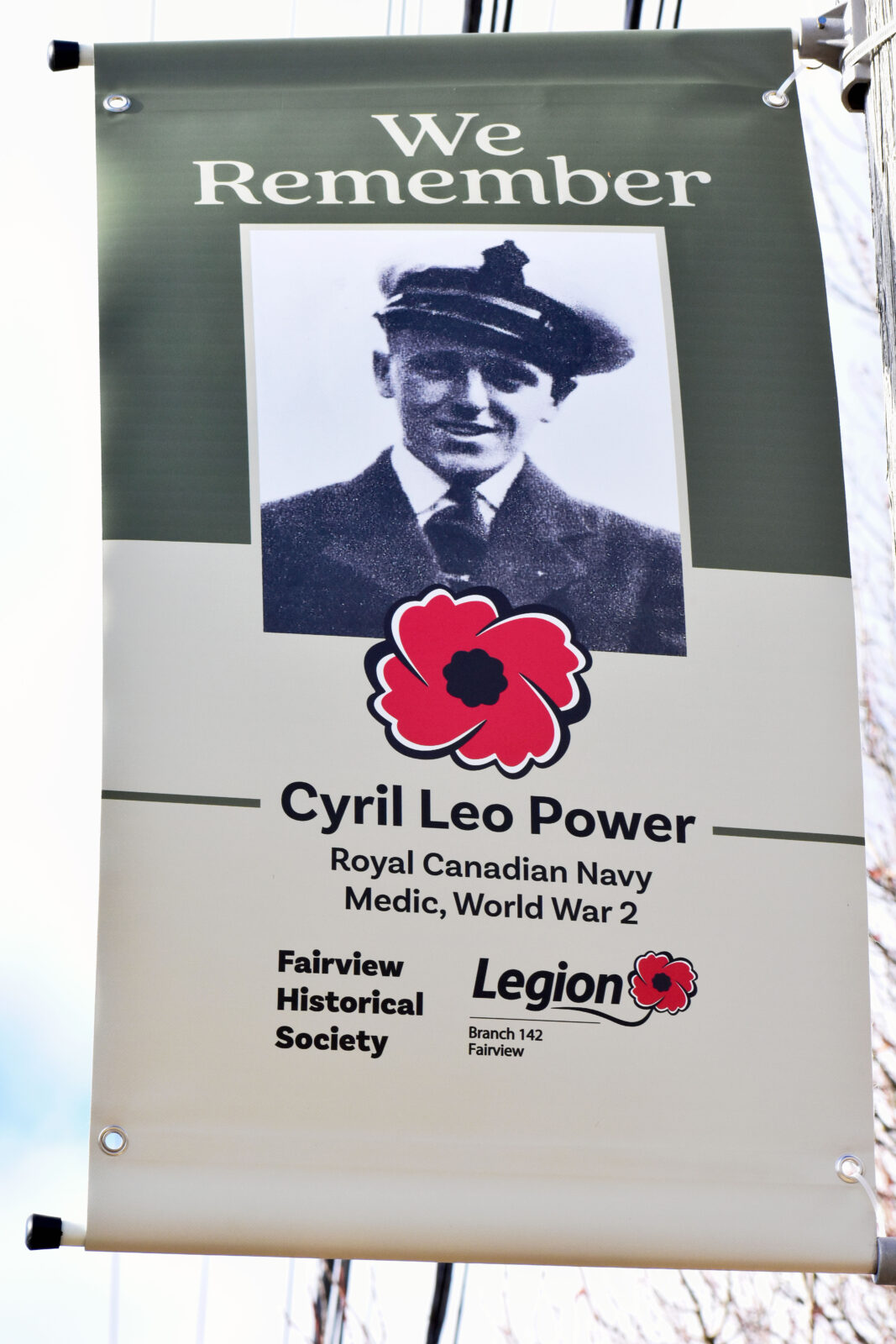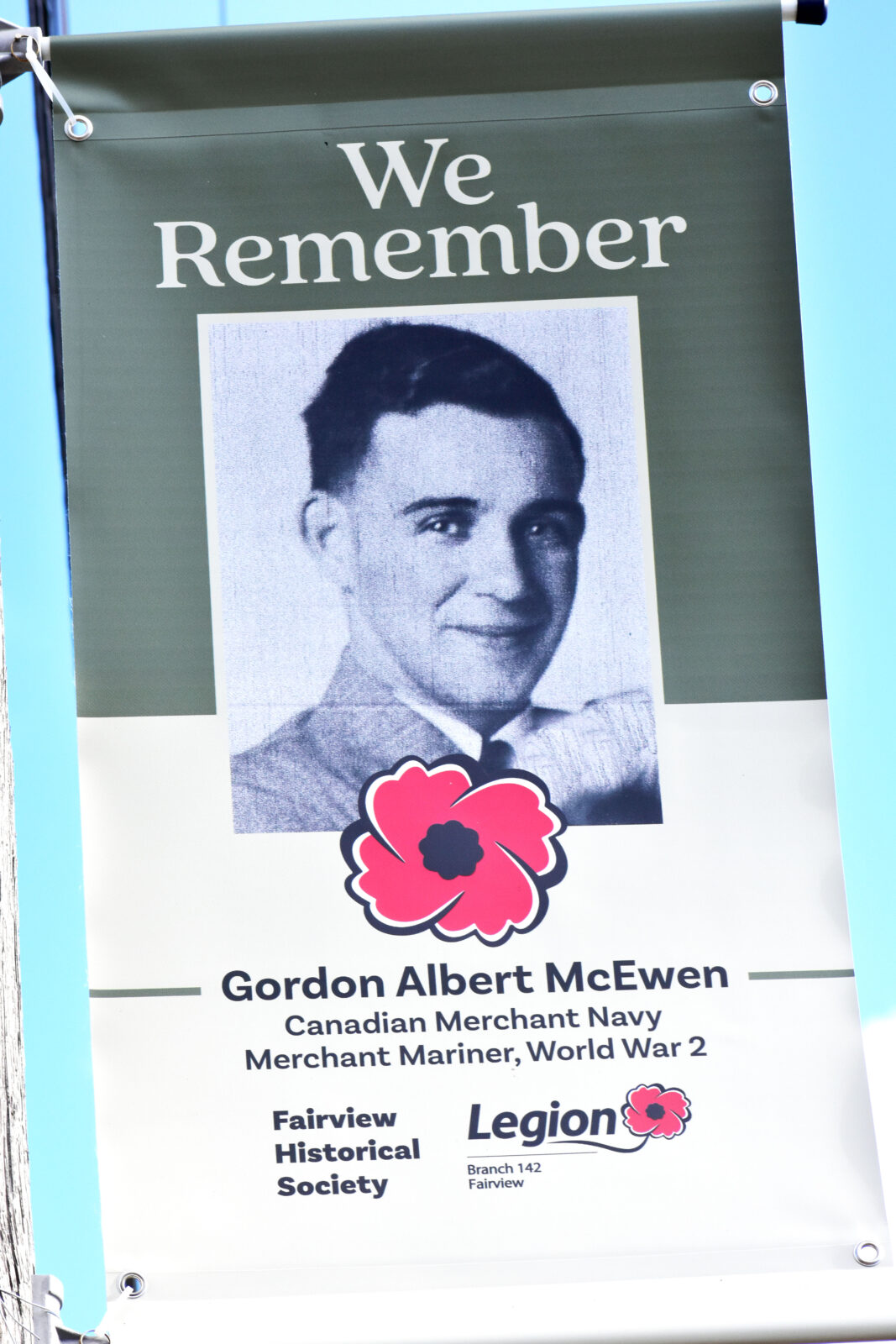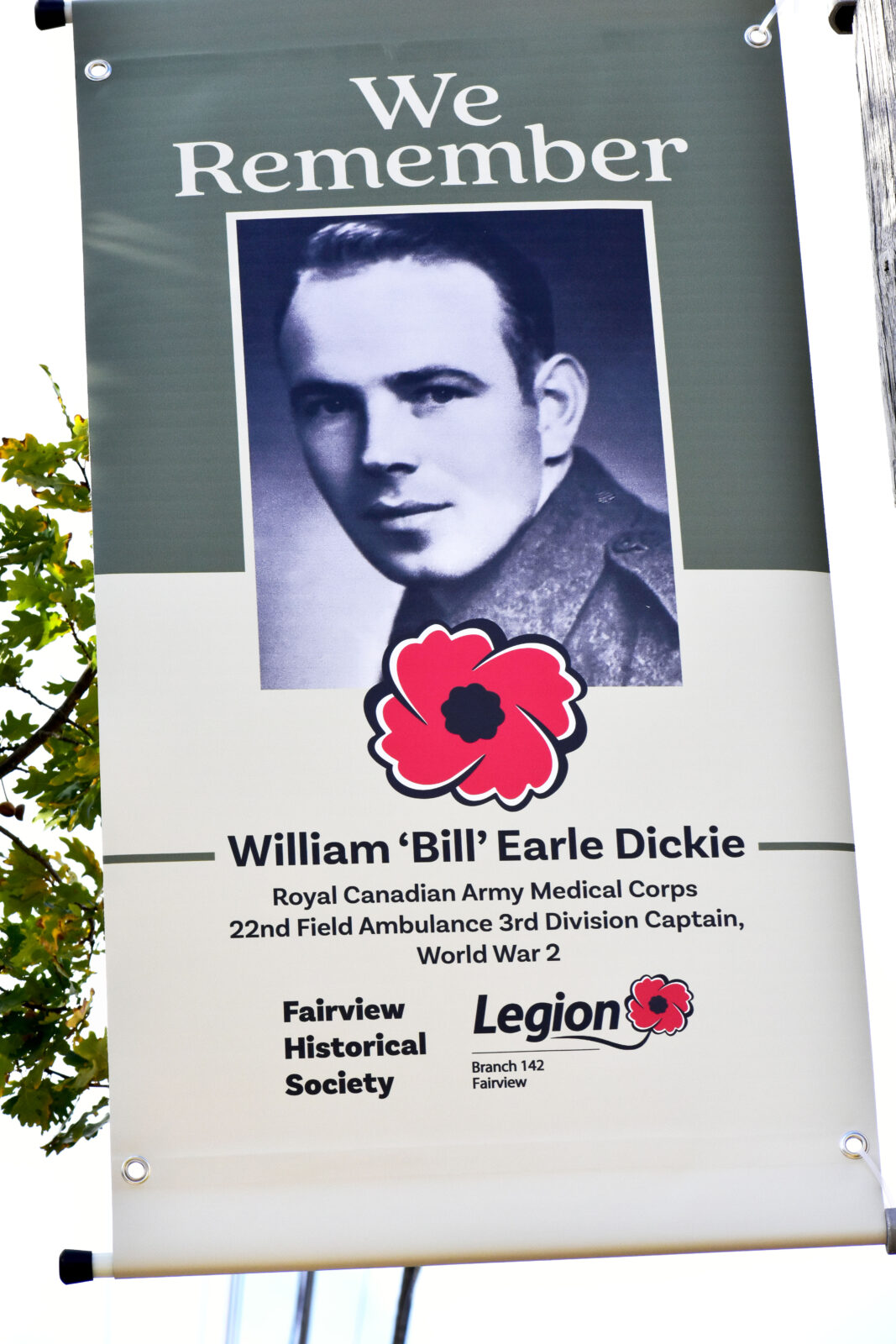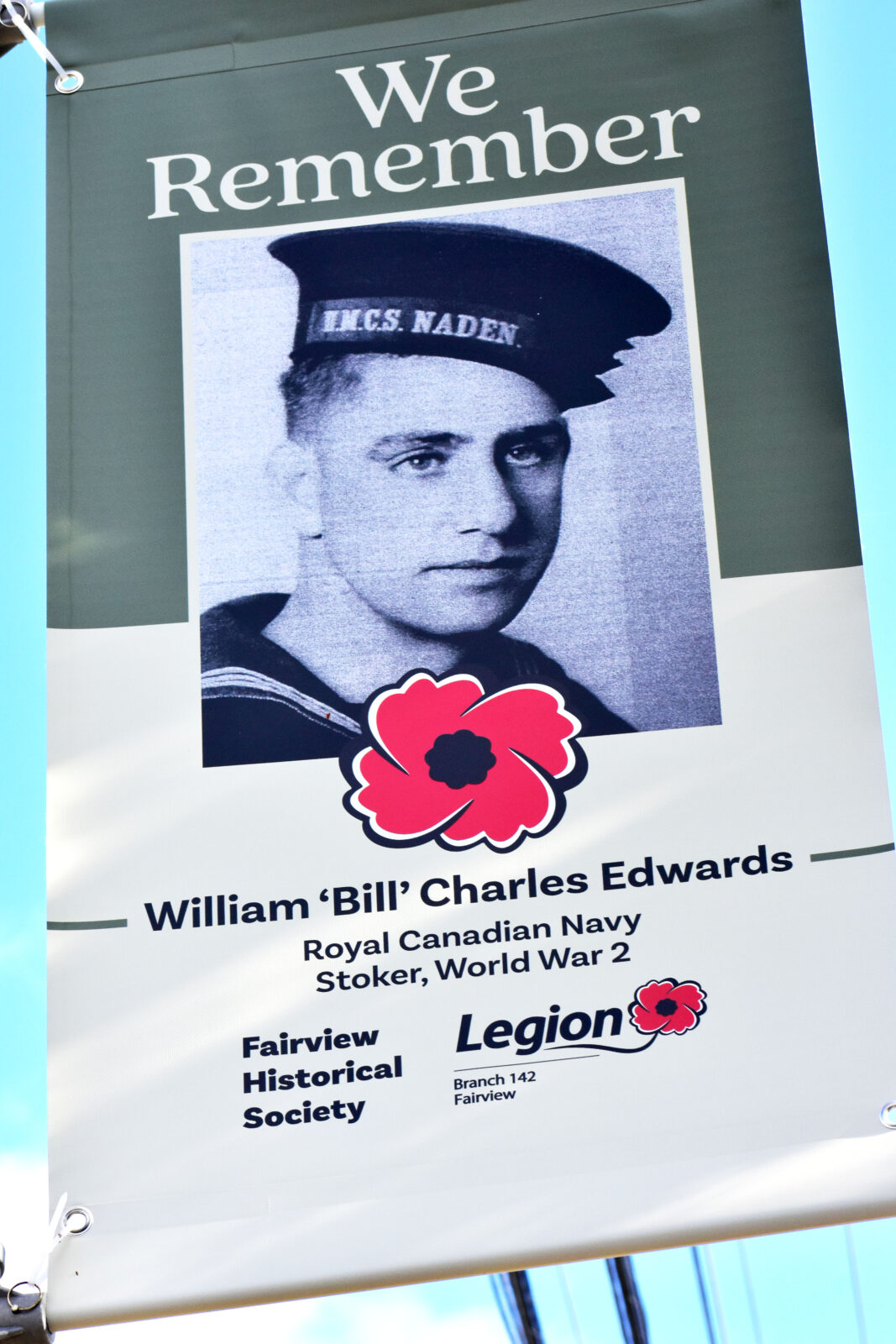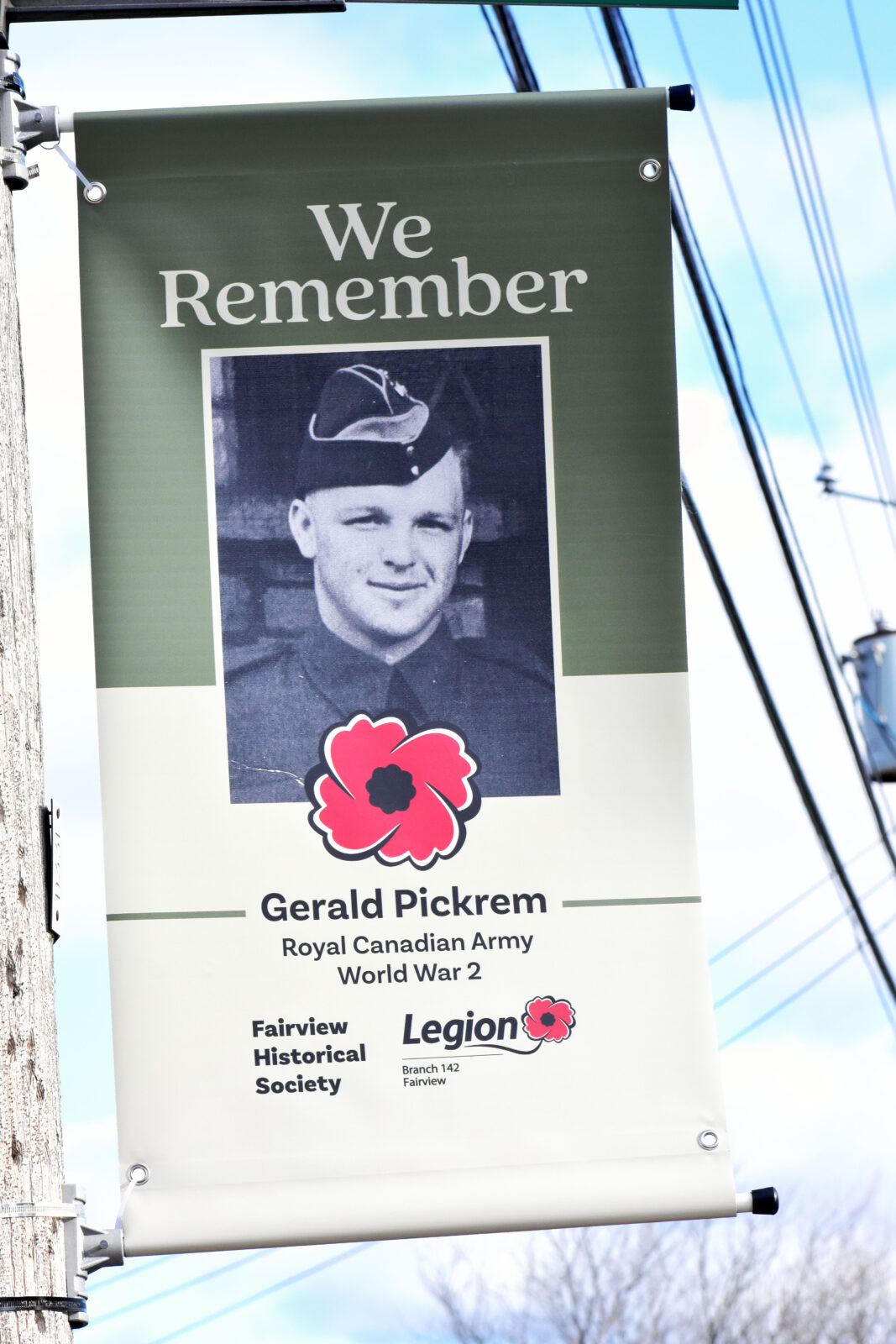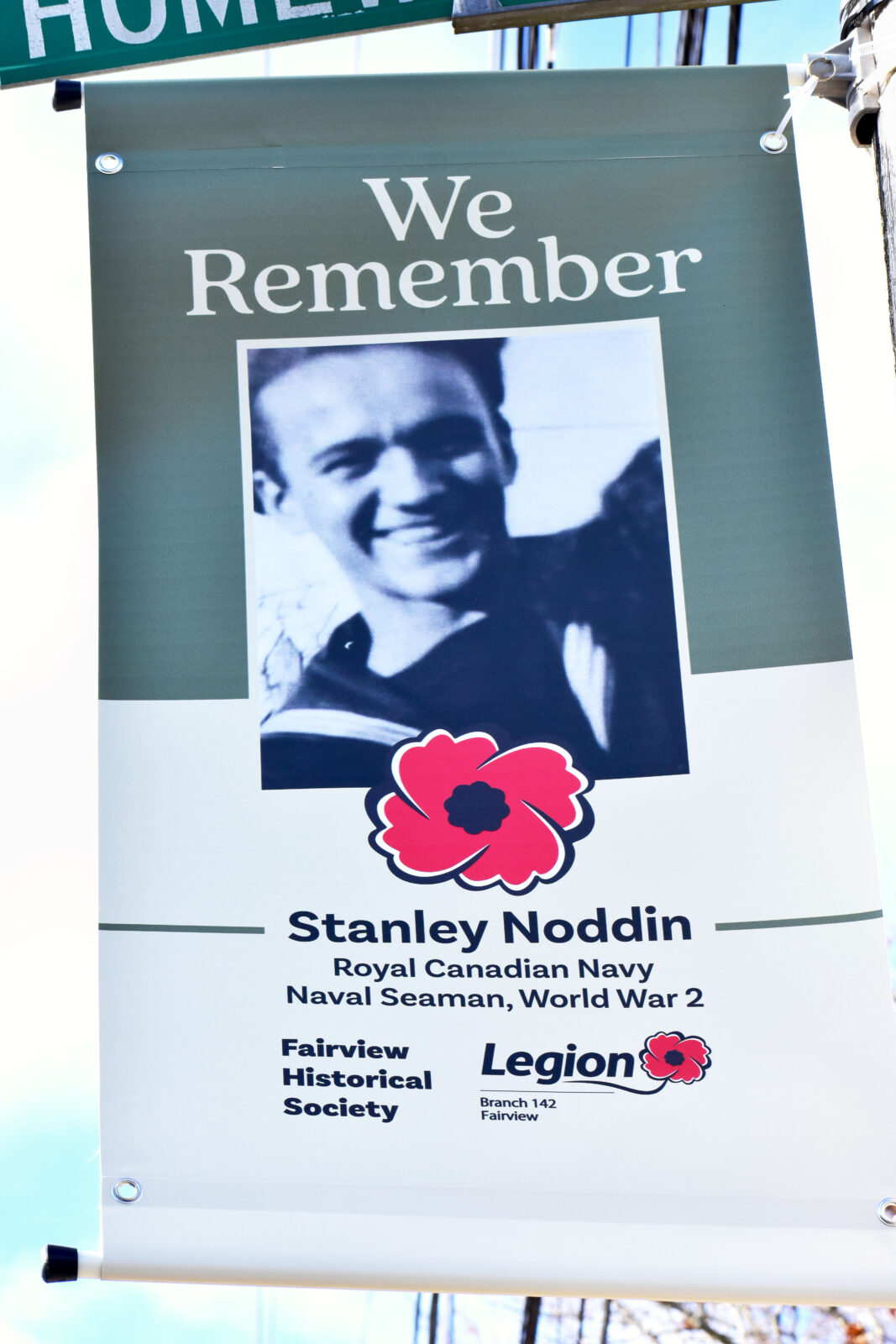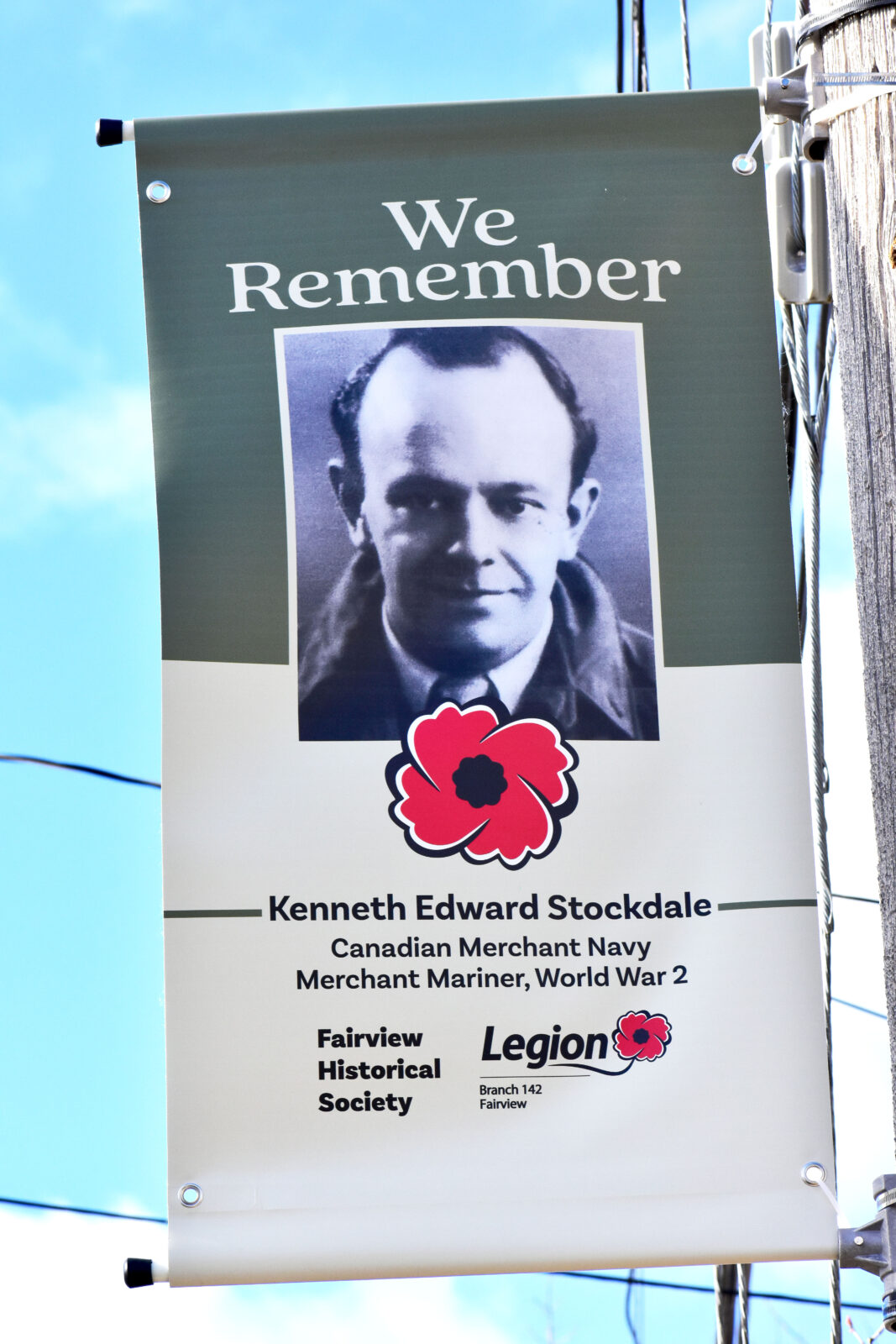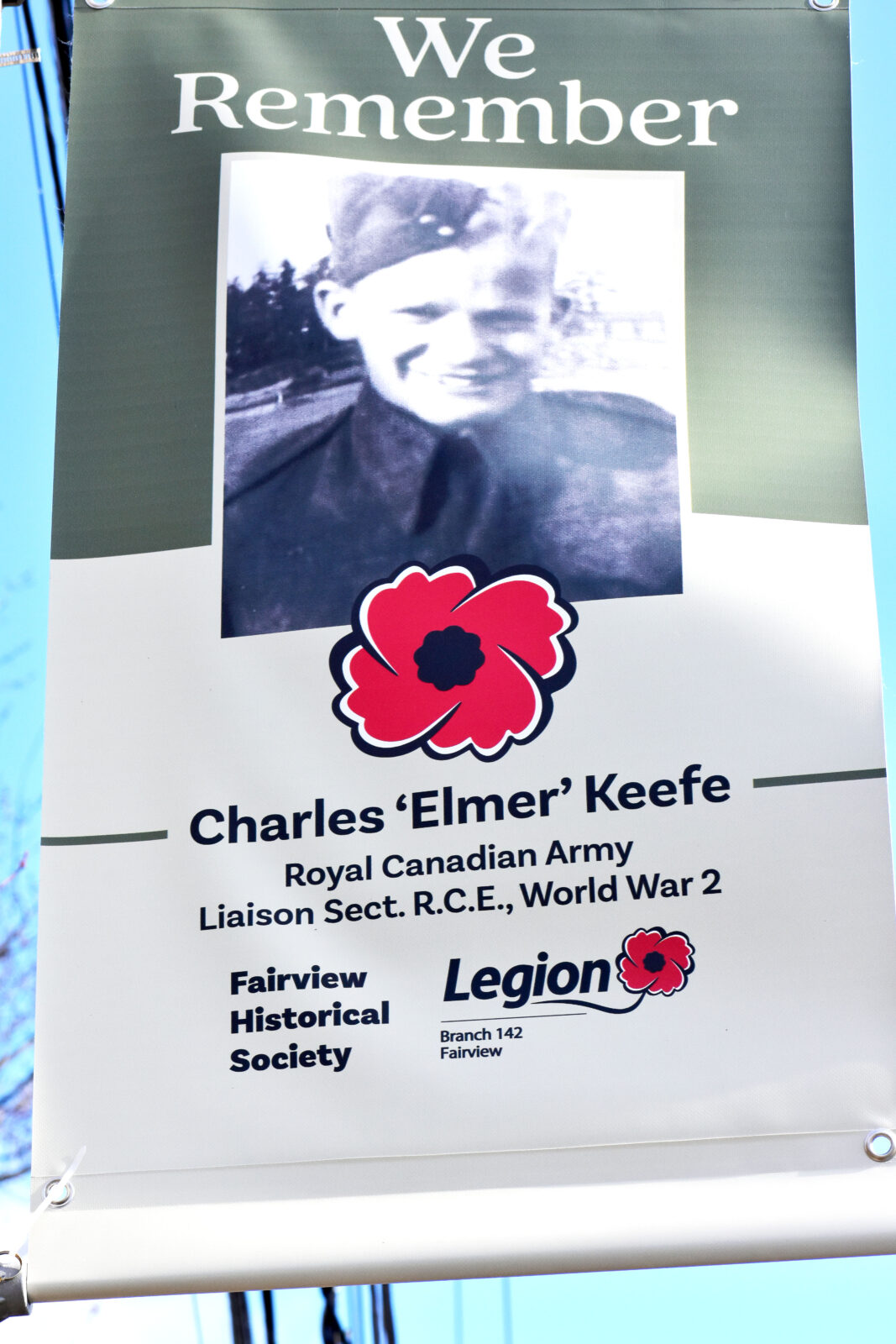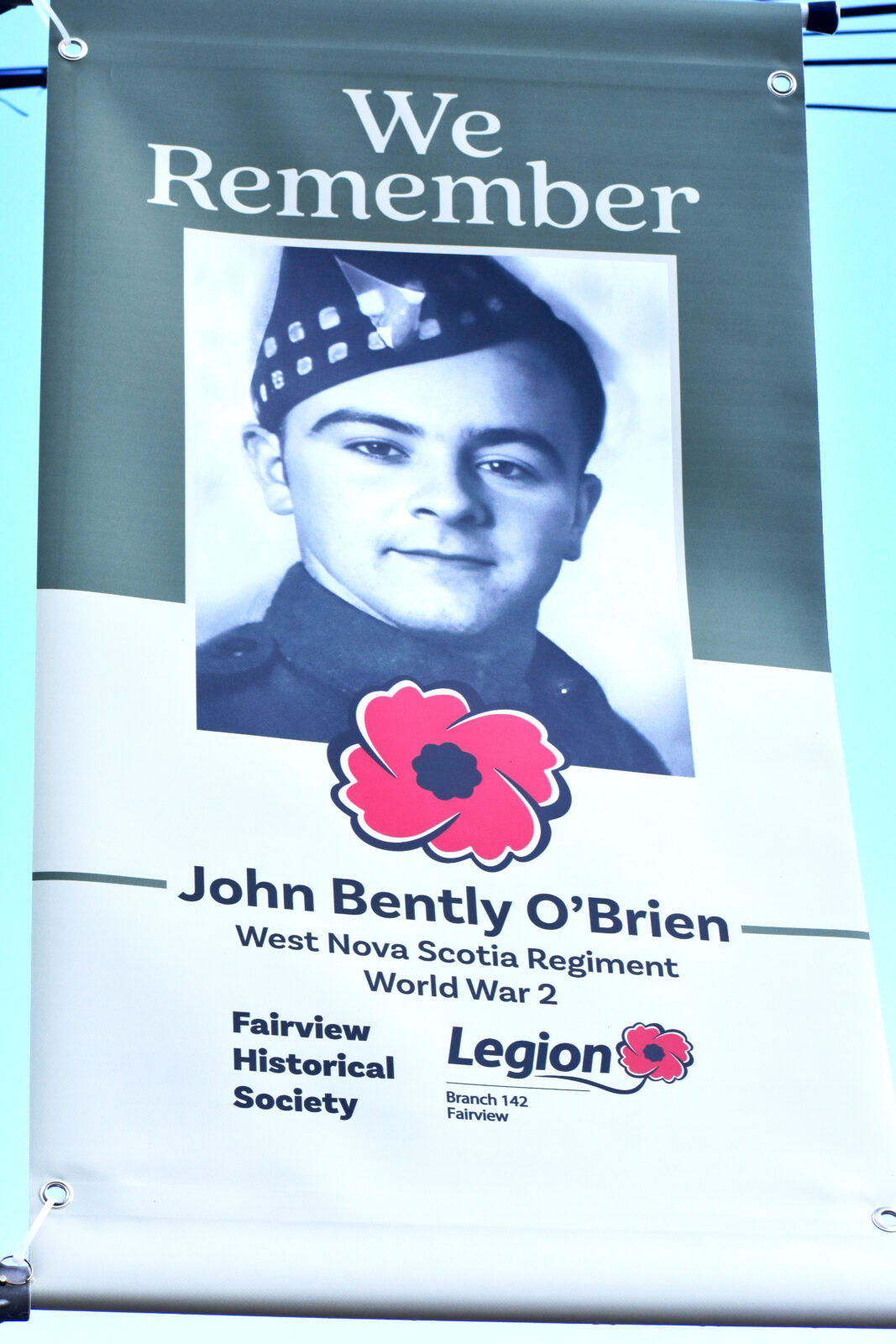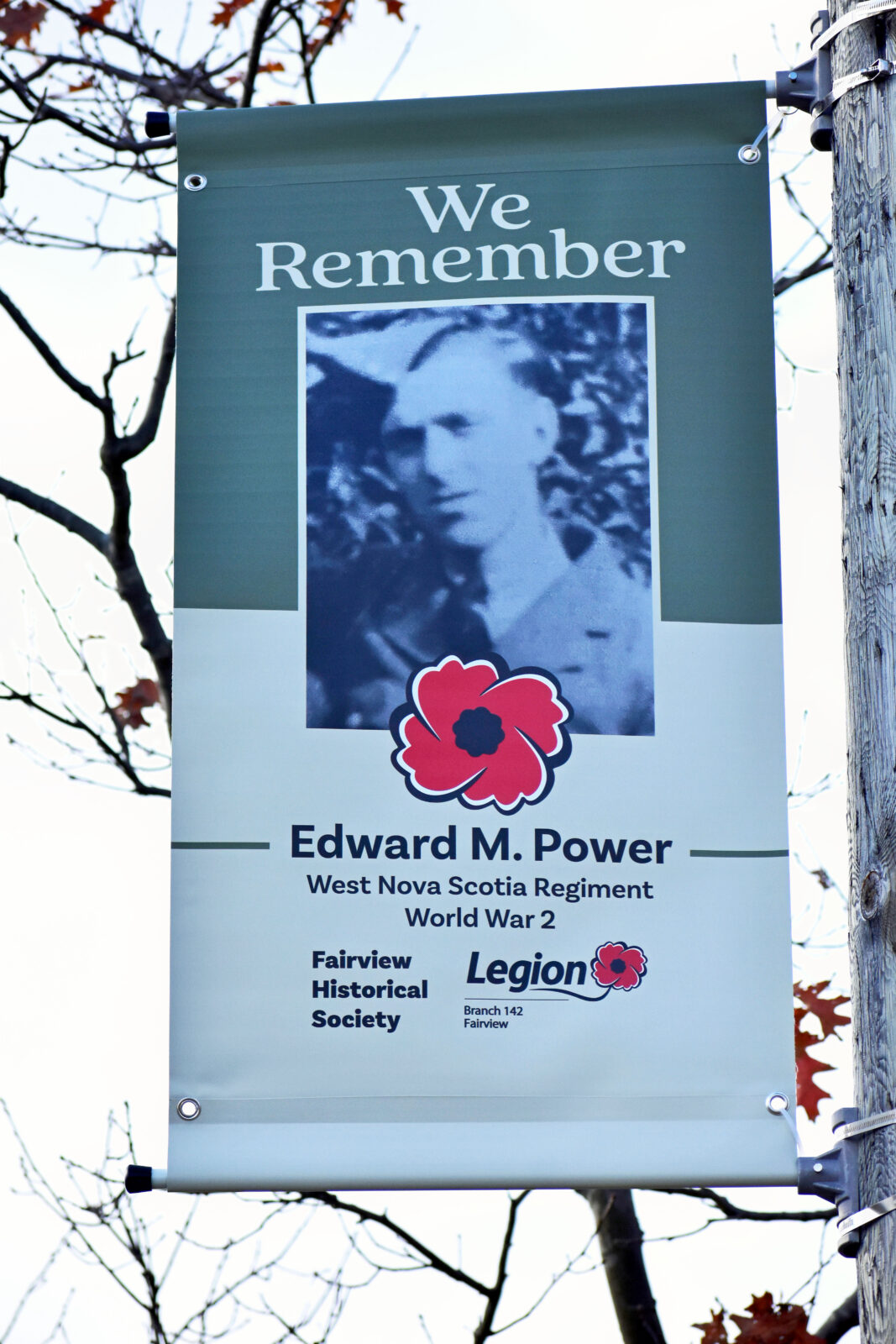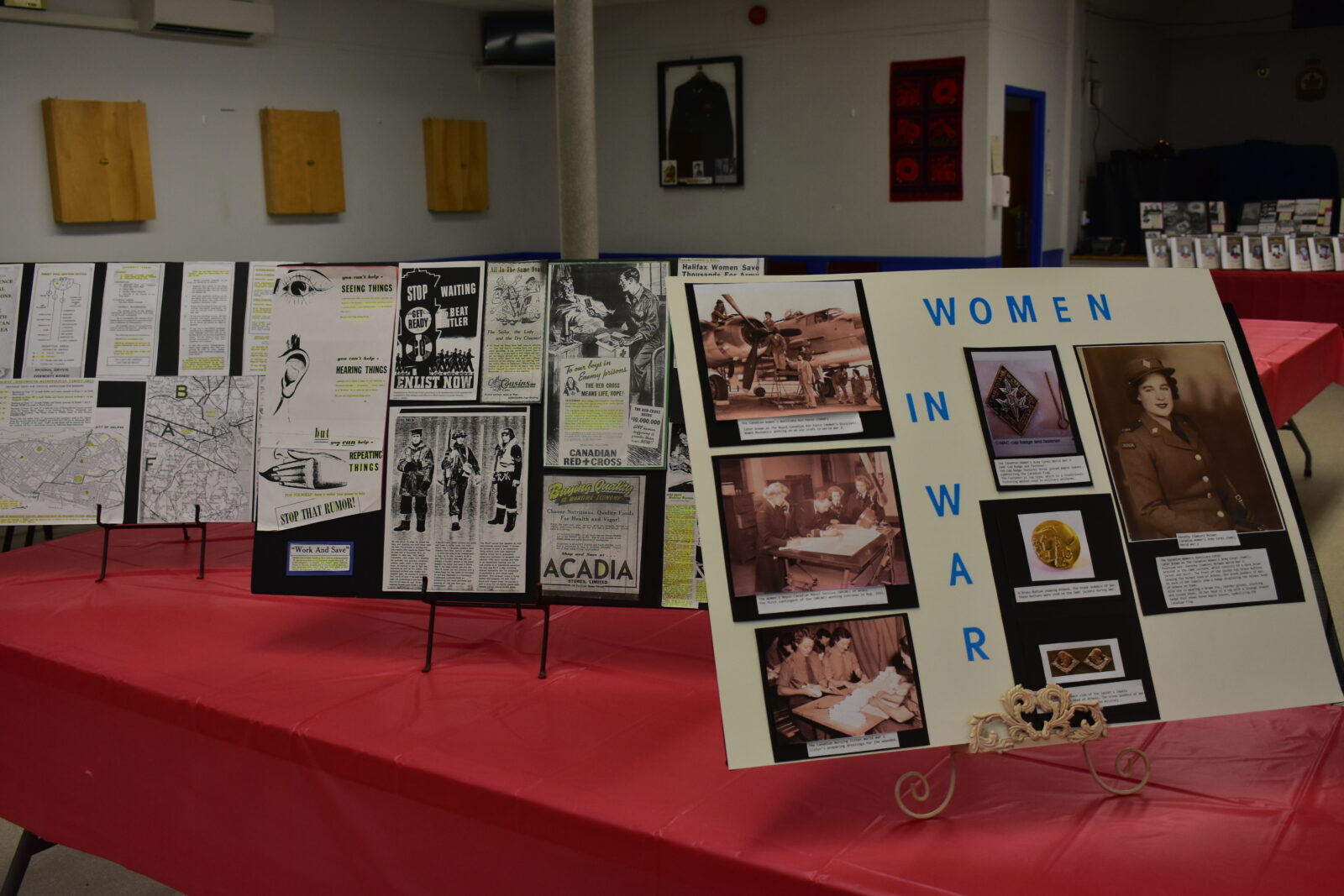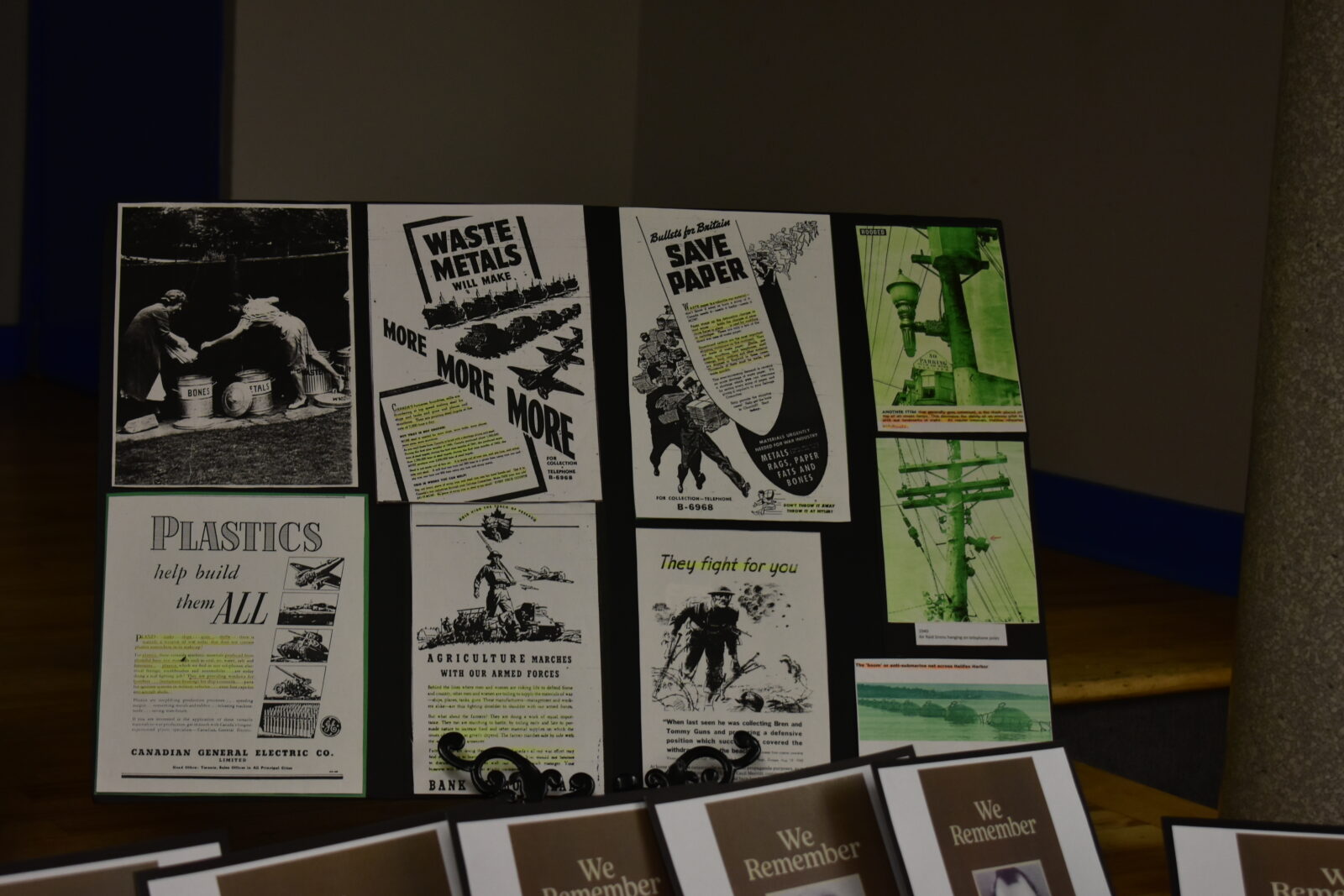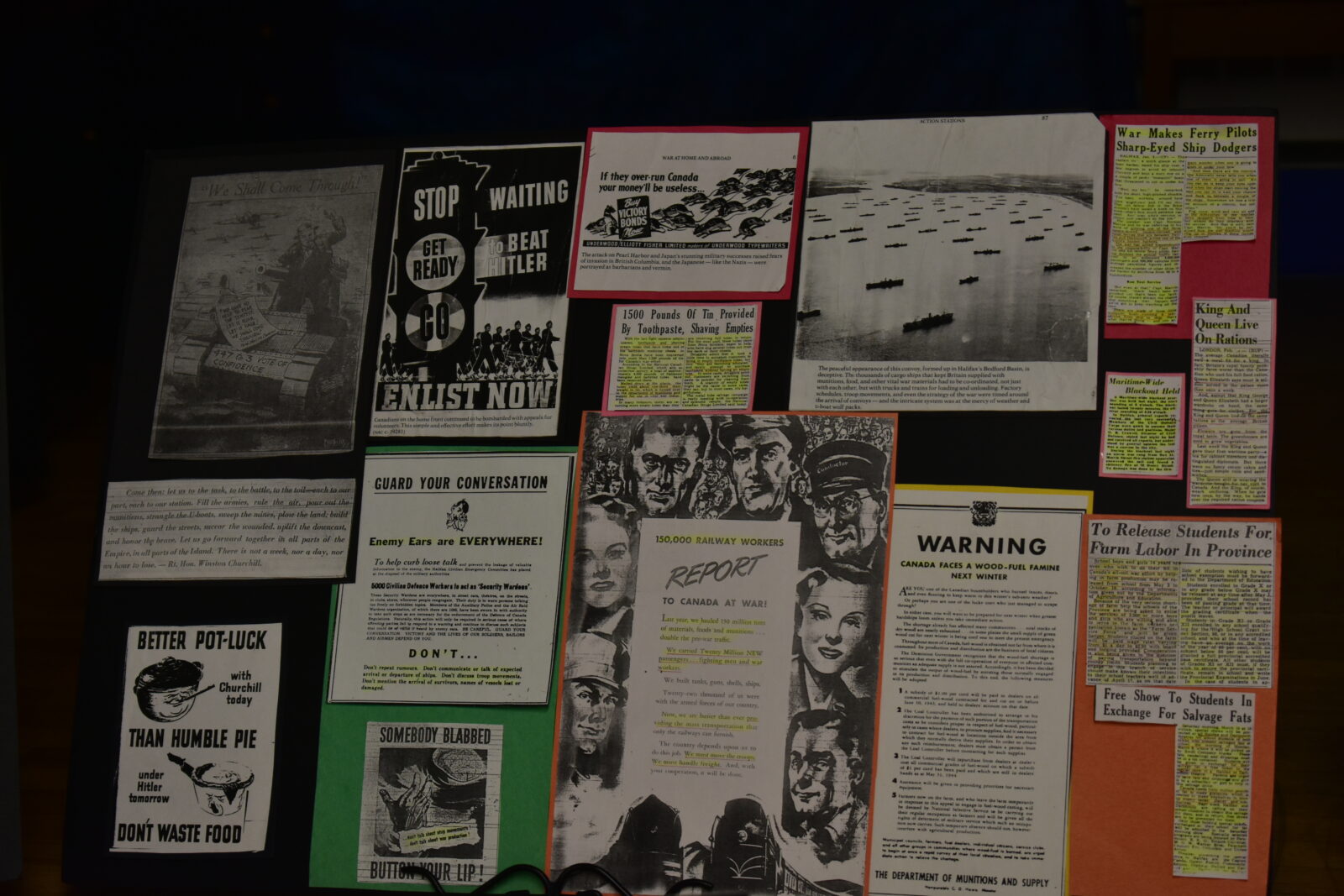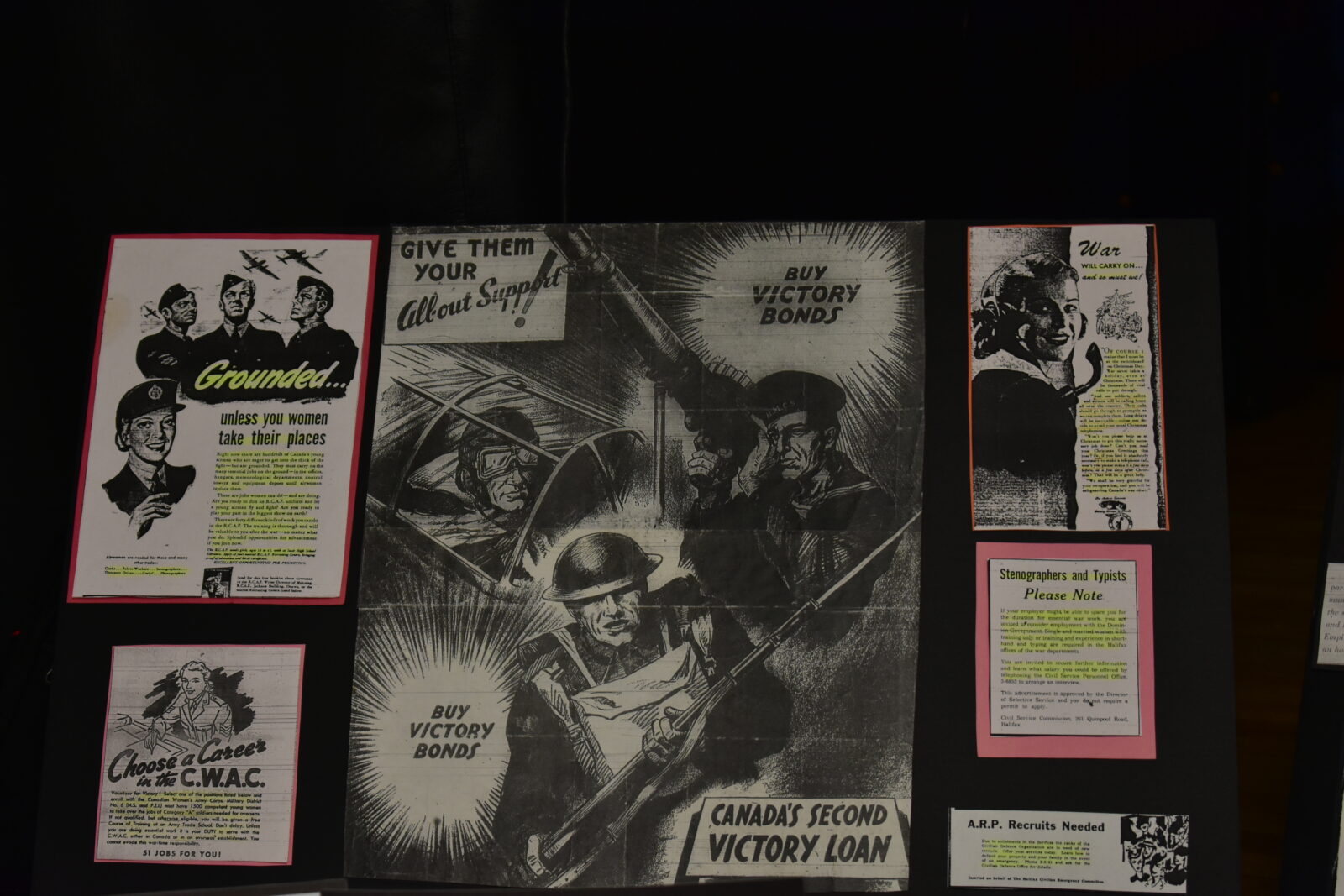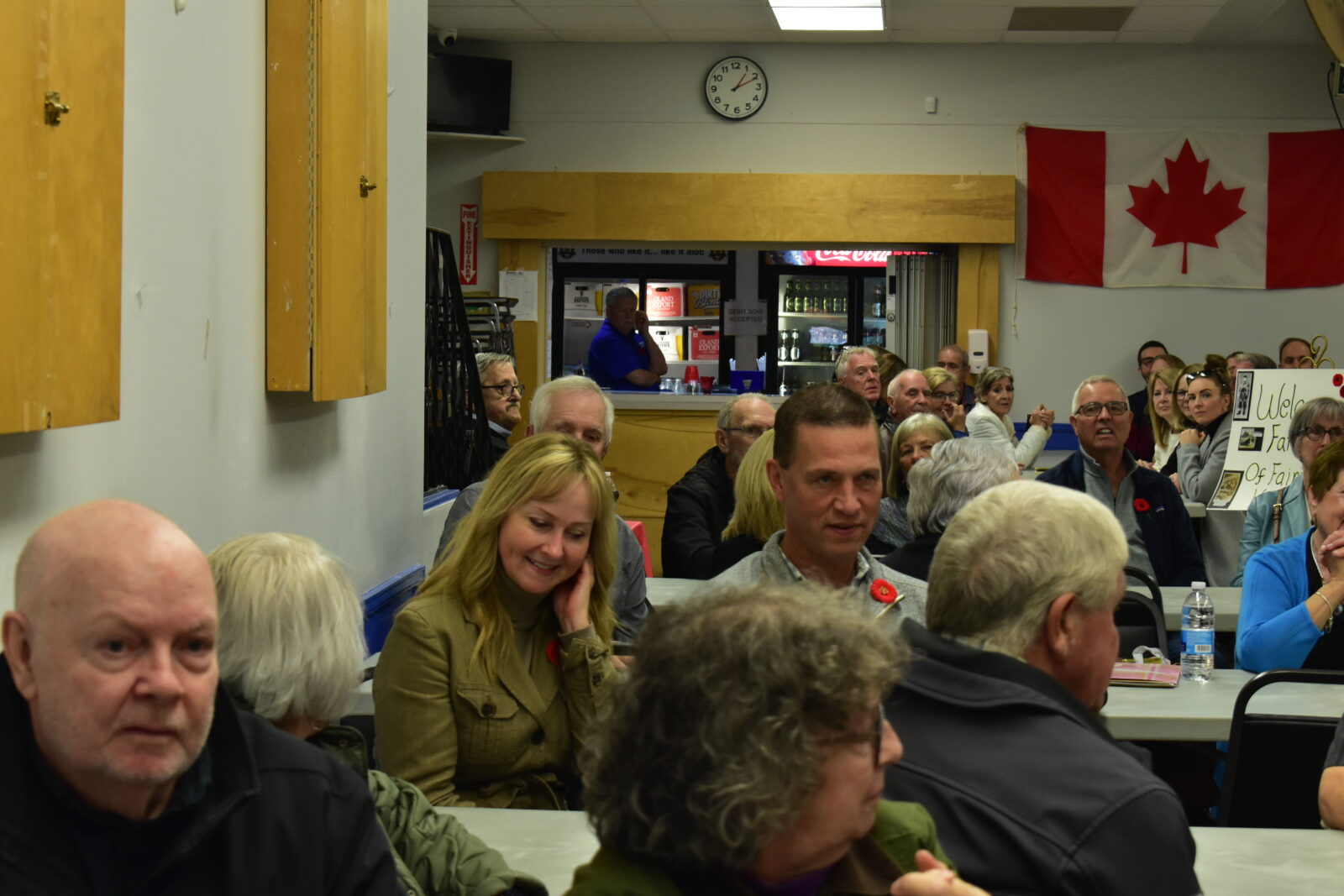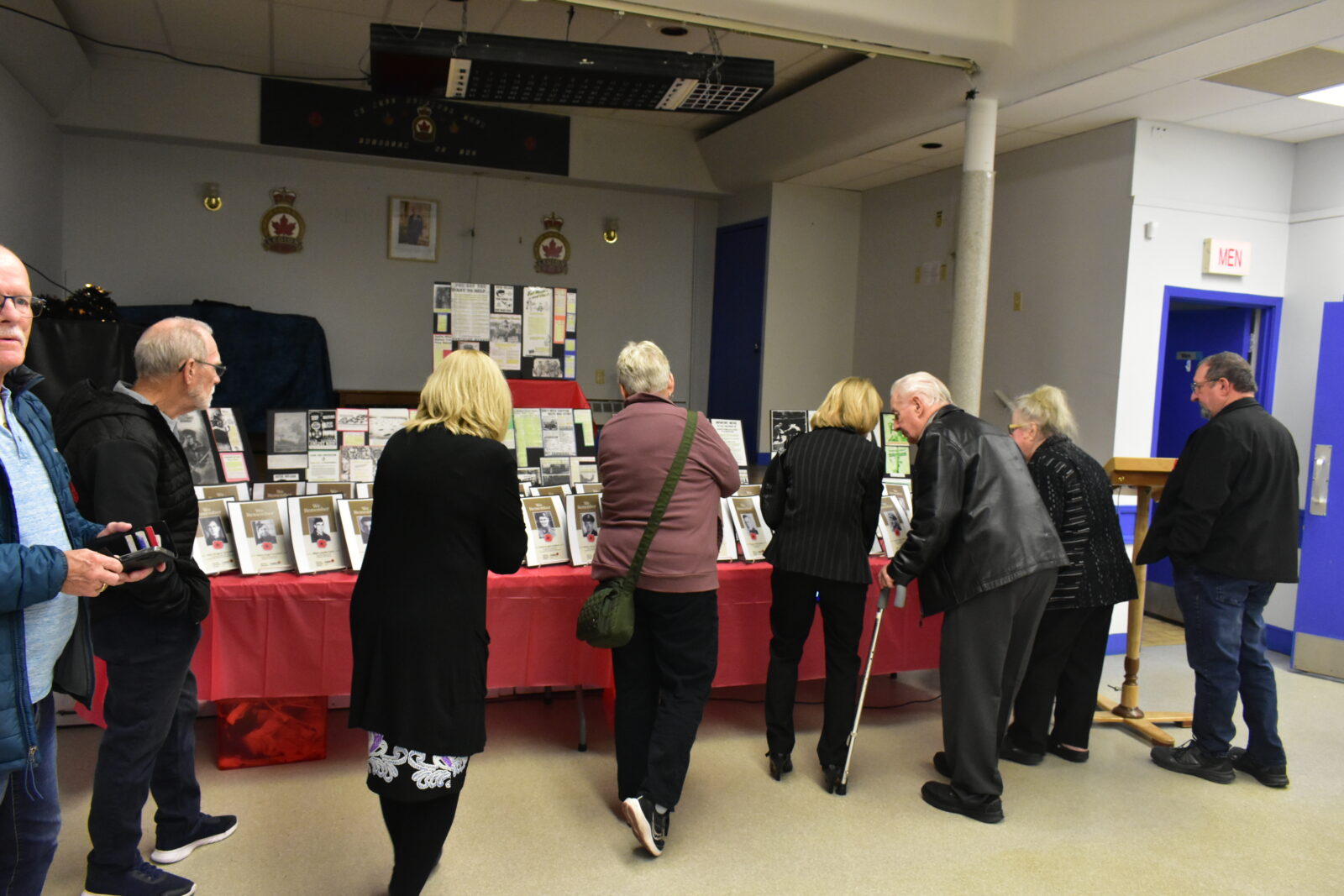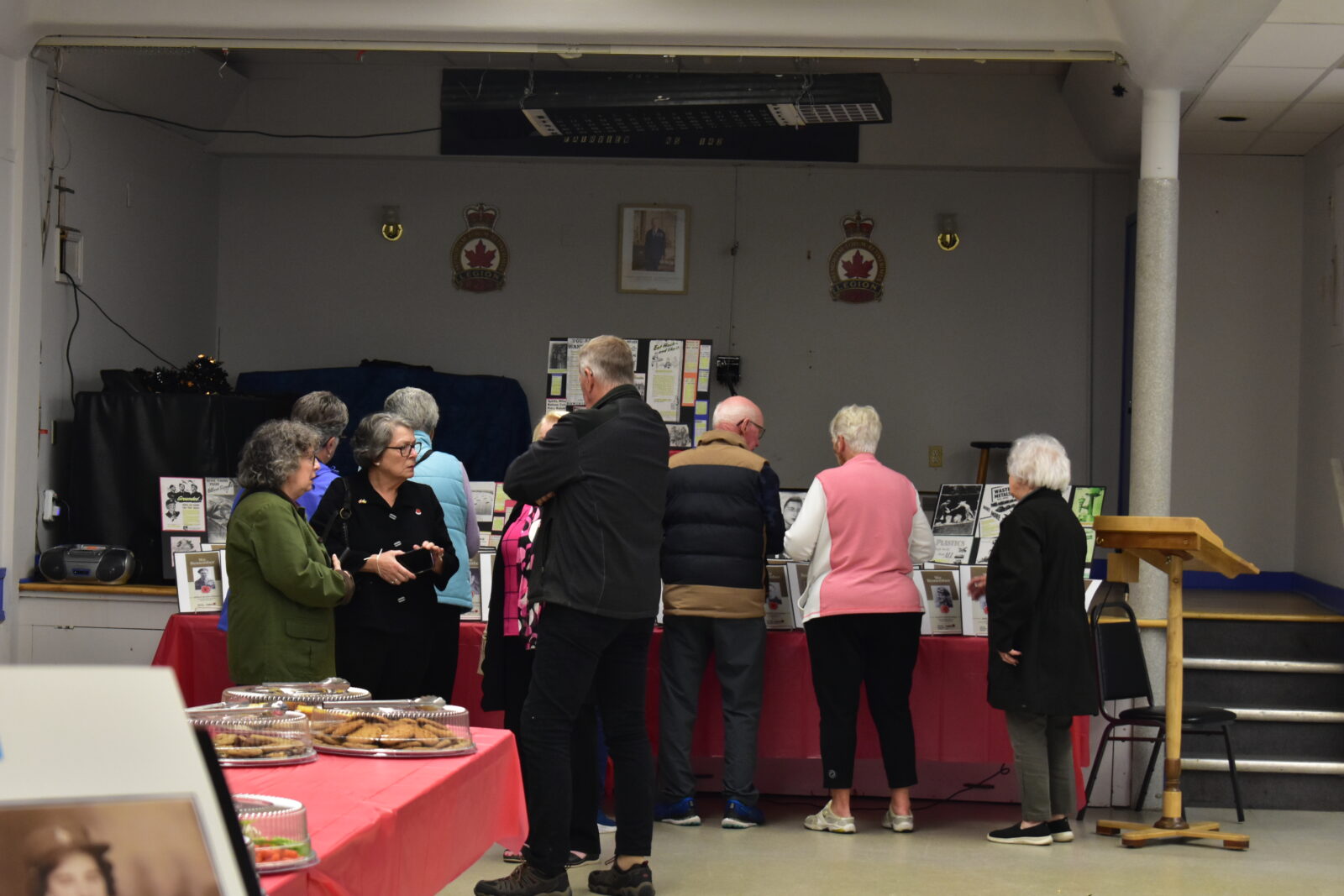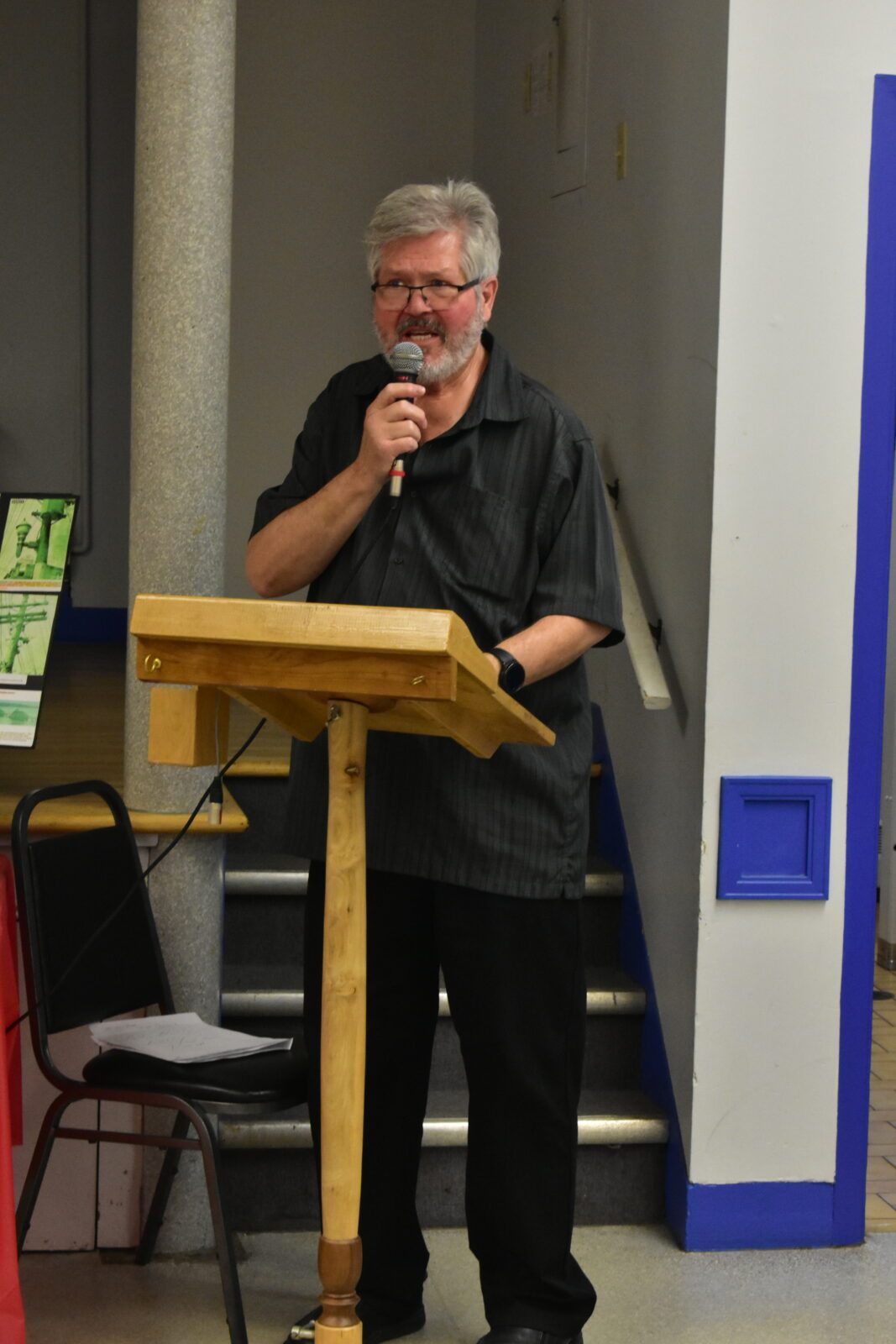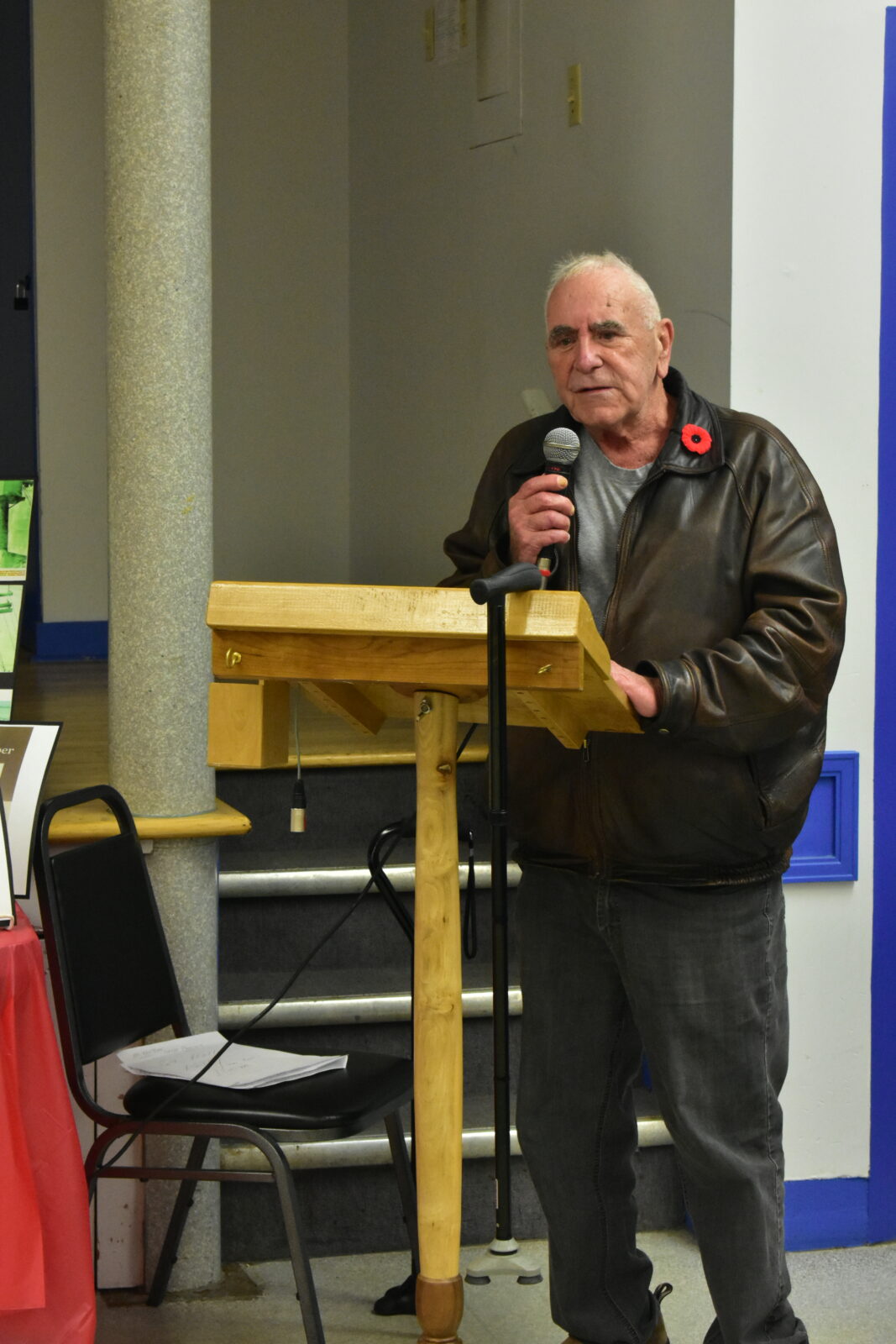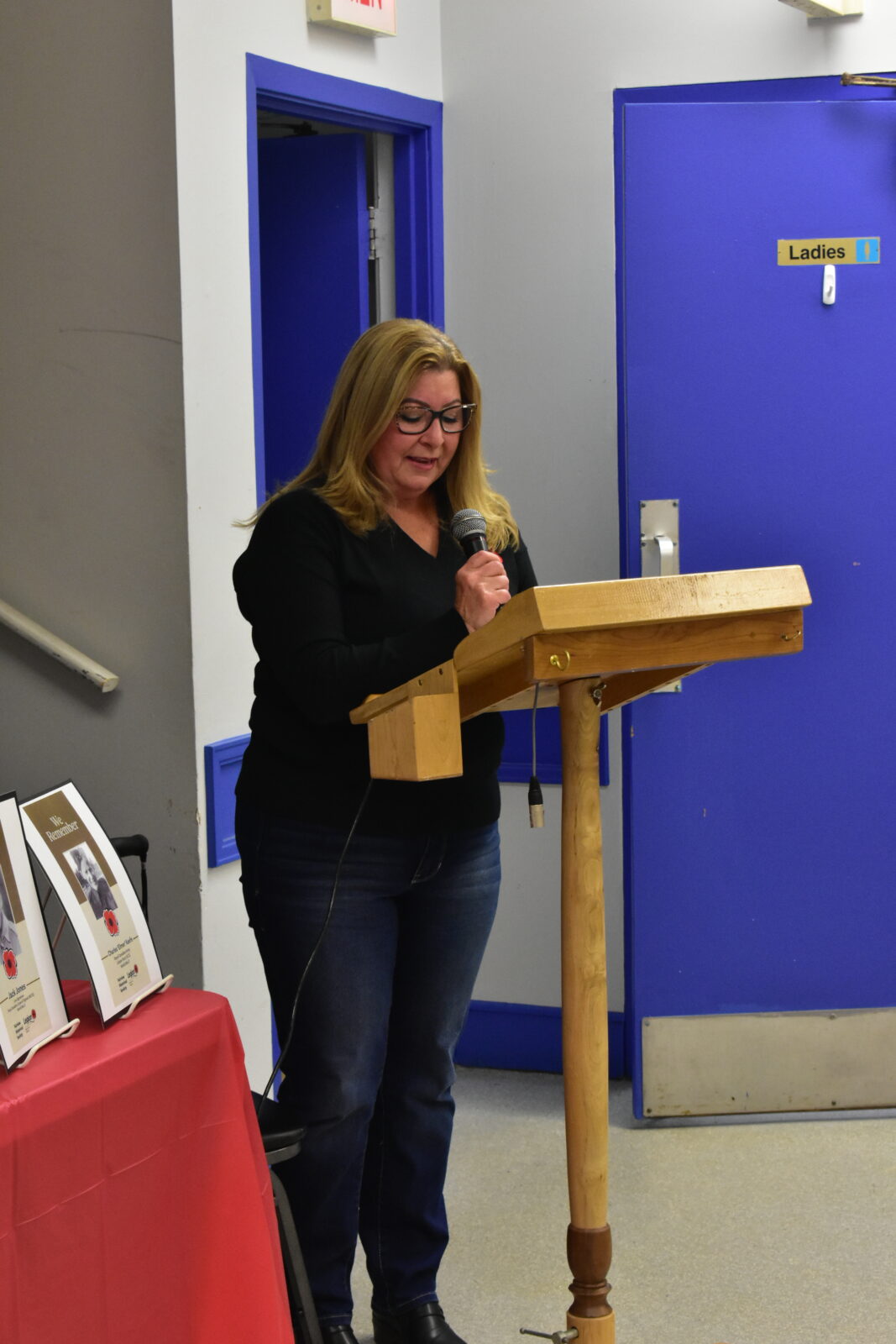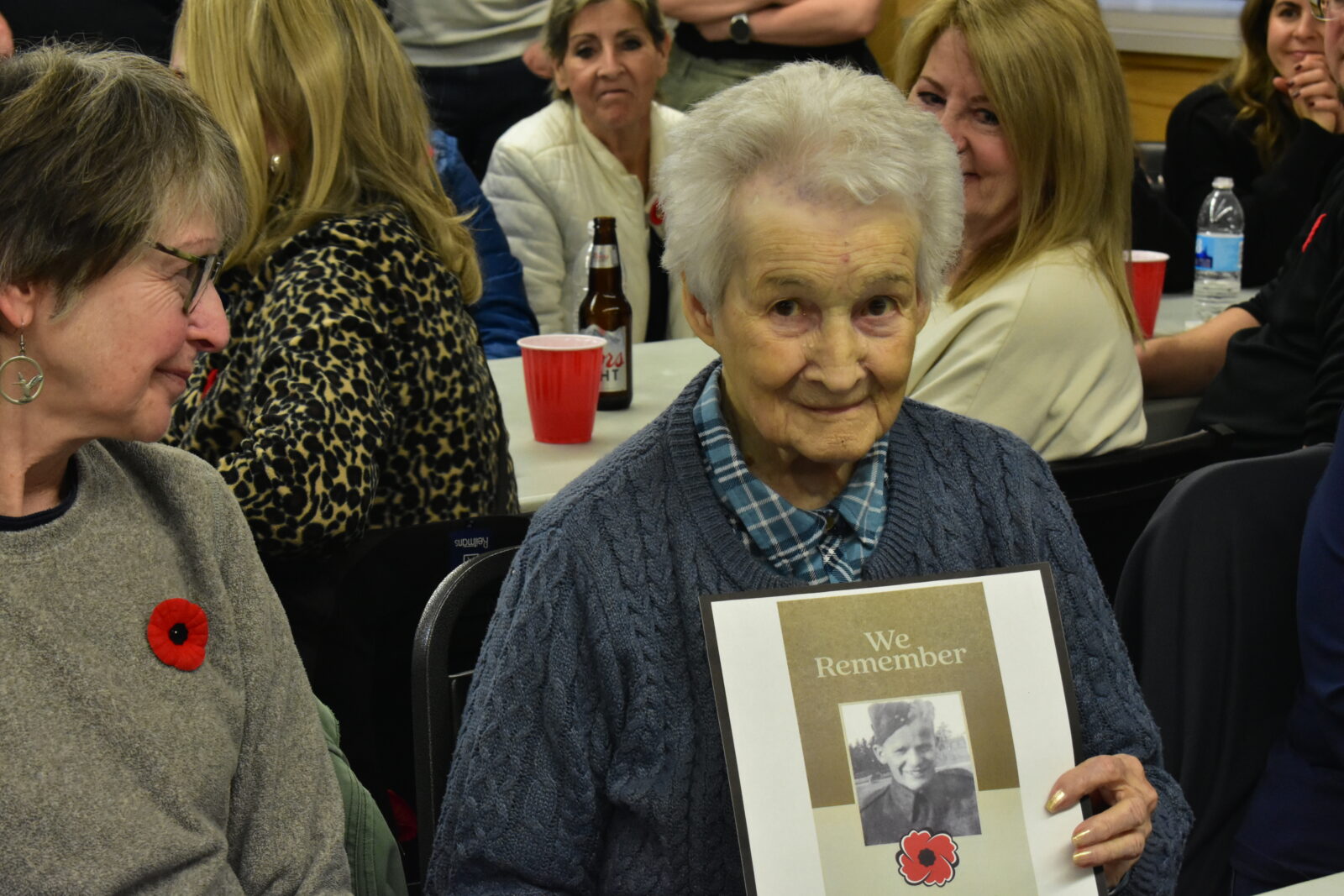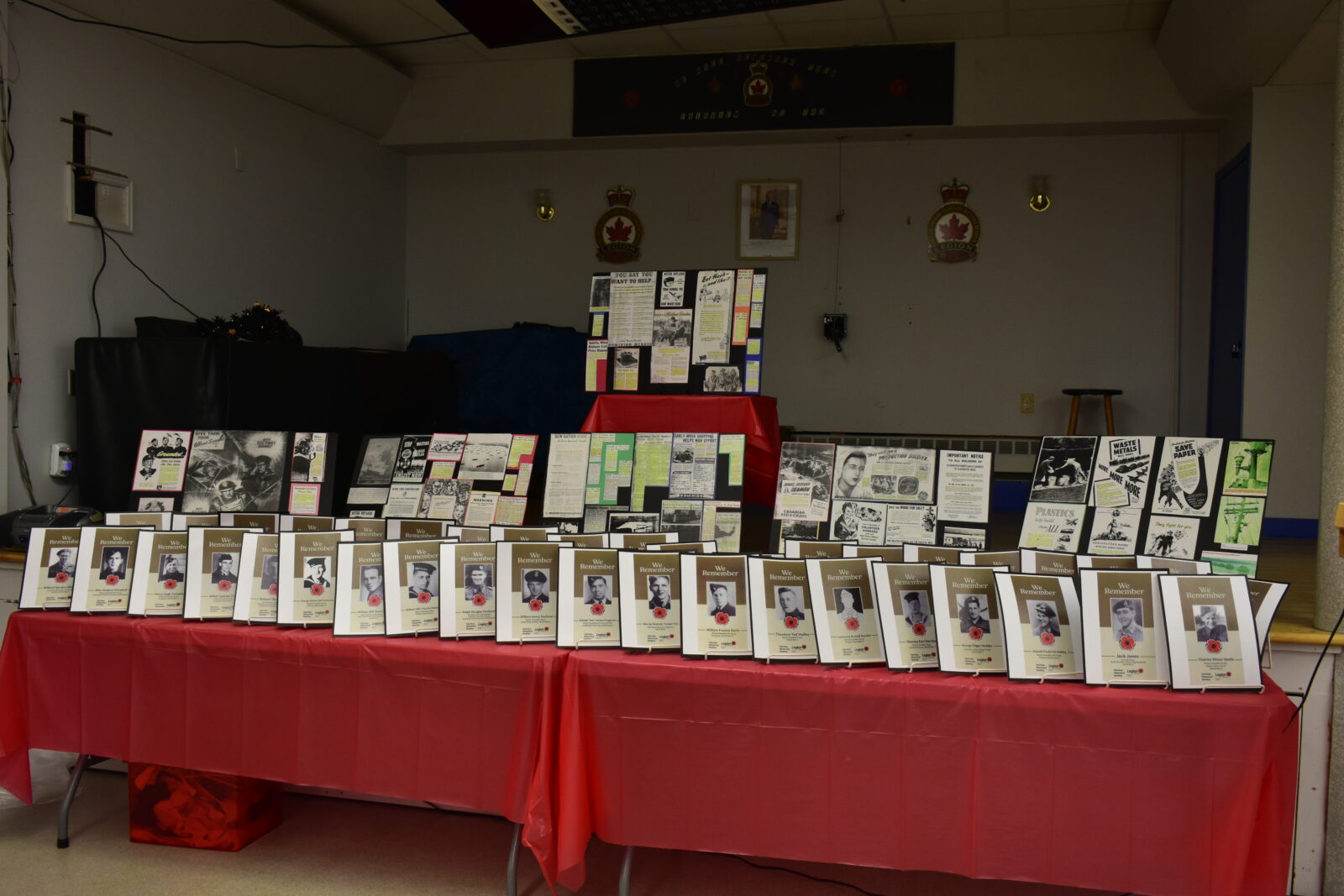Fairview Historical Society Articles Archives
Home – Articles – Videos – eBooks & PDFs – Local Authors – Sponsors – Contact
World War 2 Proud Canadian Men and Women’s
Courageous fight for Liberty!
Submitted by: Devonna Edwards
Canadian Women Officially Entering World War 2
During the Second World War Women fill jobs formerly held by men, allowing men to fight in active combat duty overseas. The jobs open to women in the Forces were limited and their pay was lower with fewer benefits compared to non-combatant men’s jobs, but as the war continued their opportunities increased.
The Air Force
The first Armed Service to open its doors to women (other than the Nursing Sisters) was the Air Force. In July 1941 ‘The Canadian Women’s Auxiliary Air Force’ (CWAAF) was founded. The following spring it was renamed the ‘Royal Canadian Air Force’ (Women’s Division) referred to as the WD. While the women were not permitted to serve as pilots, over 17,000 women joined during World War 2 in jobs ranging from clerical duties, to drivers, airframe maintenance, air traffic control, weather observers, wireless operators, and parachute riggers, as well as many other jobs. They were disbanded on Dec. 11, 1946.
The Army
The second Armed Service to allow women in was the Army. In Aug. 1941 the organization was called ‘The Canadian Women’s Auxiliary Corps’ and was not an official part of the armed forces, but in March 1942 they were inducted into the Canadian Army and became ‘The Canadian Women’s Army Corps’ (CWAC). They were the largest force with 22,000, followed by the Air Force Women’s Division which had 17,000 and the WRCNS with just under 7,000.
Most CWAC served in Canada, but some served overseas in jobs such as mechanics, cooks, secretaries, clerks, canteen workers, vehicle divers and other military jobs.
They served overseas, first in 1942 in Washington DC. and then with the Canadian Army in the United Kingdom. In 1944 select groups of CWACs were sent to combat areas on the European continent to serve in the rear of the Canadian Forces taking part in the Invasion of Italy, and then France and Germany. After VE Day, they served with Canadian Occupation Forces in Germany. Around 3000 CWAC served Canada overseas. No women in the Corps were killed in action, but four were wounded in a German missile attack on Antwerp in 1945. In Aug. 1946 the CWAC was disbanded, but was re-designed in March 1948 and 1955. In 1964 the CWAC was finally disbanded for good.
The Navy
The last service to permit women to join was the Navy. The Women’s Royal Canadian Naval Service (WRCNS) or ‘Wrens’ as they became known, was formed in July 1942. Women played a larger role in the Second World War than in the first and about a thousand Wrens were stationed at Stadacona during the Second World War, but were not allowed in the ‘wet’ (serving beer) canteen at Stadacona. The Wrens worked as land or marine radio operators, coders, transport drivers, and also as secretaries. Over 6,000 Wrens served in World War 2 by the end of the war, 500 Wrens had served overseas in London, Londonderry, Greenock, Glasgow, and Plymouth. Another 500 served in Newfoundland (at the time was an overseas location) and in Washington, DC.
HMCS Stadacona in Halifax had three Wren gunners, and three who worked daily aboard HMCS Venture. Wren Signallers guided ships into Halifax Harbour and Signal Towers were worked solely by Wrens.
The motto of the women’s service was “We Serve That Men May Fly; We Serve That Men May Fight; We Are the Women Behind the Men Behind the Guns!” In all, over 1,300 Canadian Airwomen 2,000 members of the CWAC and 503 Canadian Wrens served in the United Kingdom.
After the war all three women’s services were disbanded in 1946. Women were hired on the condition that at the end of the war, they would give up their jobs at any point in time to any available able-bodied man, who came back from the war. Many women went back to their families and husbands, or married soon thereafter and became mothers, some worked again as civilians. It wasn’t until 1951 that approval was given to enlist women in the Navy and the Army Reserve Forces.
Canadian Merchant Navy in World War 2 Also known as The Merchant Mariners
The Merchant Navy was considered a fourth branch of the Canadian Military alongside the Royal Canadian Navy, the Canadian Army and the Royal Canadian Air Force. The Royal Canadian Navy assembled conveys, consisting of hundreds of Merchant Ships. Up to a hundred or more vessels consisting of oil tankers, freighters, large cargo ships at one time were anchored in Halifax Harbour and the Bedford Basin where it was considered safe, because torpedo nets were placed at the mouth of Halifax Harbour, which kept the German Submarines from entering. Each boat carried an average of 40 or 50 crew and Merchant Mariners were considered one of the largest occupational groups in the City of Halifax. A total of 12,000 men and women served in Canada’s Merchant Navy and they played an important role in maintaining a convoy. Initially the convoy escorts were under the jurisdiction of the Royal Navy, but later they became too busy fighting the enemy at sea, so the Armed Merchant Cruisers (passenger liners converted for escorting convoys) did the escorting duties.
A facility was established at St. Margaret’s Bay to train sailors for the Canadian Merchant Navy and no official uniform was given to them, so they wore civilian clothing. They transported troops and supplies such as raw materials, arms, ammunition, fuel, food and all the necessities of life to war zones all over the world. The risk was high for these Merchant Sailors, even though their ships were armed, they were under the constant threat of enemy attack, as well as the constant dangers on the open sea. These brave Mariners risked their lives every time they went to sea. The average age of Canadian Merchant Seamen was 25 years of age and under, as many young men lied about their age and joined at 14 or 15 years of age. In all, 184 ships took part in Merchant Shipping with fifty-nine Canadian registered Merchant Ships being sunk by the enemy. At the end of the war over 1,500 had lost their lives, including eight women.
Manning Pool
Manning Pools or barracks were built in large Canadian Ports as residence for Merchant Seamen who were waiting for departing convoys. Halifax had a Manning Pool built in Richmond which was in the north end of the city in 1941. It was built by the Wartime Housing Authorities on property, where a large estate once stood that had been destroyed during the Halifax Explosion of Dec. 6, 1917. After the war Manning Pool was demolished and today Mulgrave Park occupies the site. The Merchant Navy slowly disappeared, until by 1950 no Merchant Navy Ships were left. After the war Canadian Merchant Navy Veterans were denied Veterans benefits and were not acknowledged by the Canadian Government for decades. This disgraceful injustice was not corrected until the 1990s, when finally they were given their well deserved benefits and the honour they deserved.
Angels of Mercy Also Known as The Bluebirds Canadian Nursing Sisters in World War 2
The Nursing Sisters were a dedicated group of nurses who cared for sick and wounded soldiers during wartime. They have a history with the Canadian Military Forces over the centuries with thousands serving at home and overseas. Their official title ‘Nursing Sisters’ relates to the profession’s traditional connection with a religious order. Earlier they were nicknamed ‘Bluebirds’ due to their uniform consisting of blue dresses and white veils. A total of 4,373 entered all three branches of the Canadian Armed Forces; the army, navy and air force during the Second War. They played an essential role in the expert care of wounded soldiers while surrounded by danger and chaos which earned them much respect and admiration. They often worked close to the front lines, providing care in military hospitals and casualty clearing stations. A considerable number of Nursing Sisters died from disease and enemy attacks while in service. Today, Nursing Sisters fill the role of Nursing Officers who continue to provide patient care to members of the Canadian Armed Forces.
